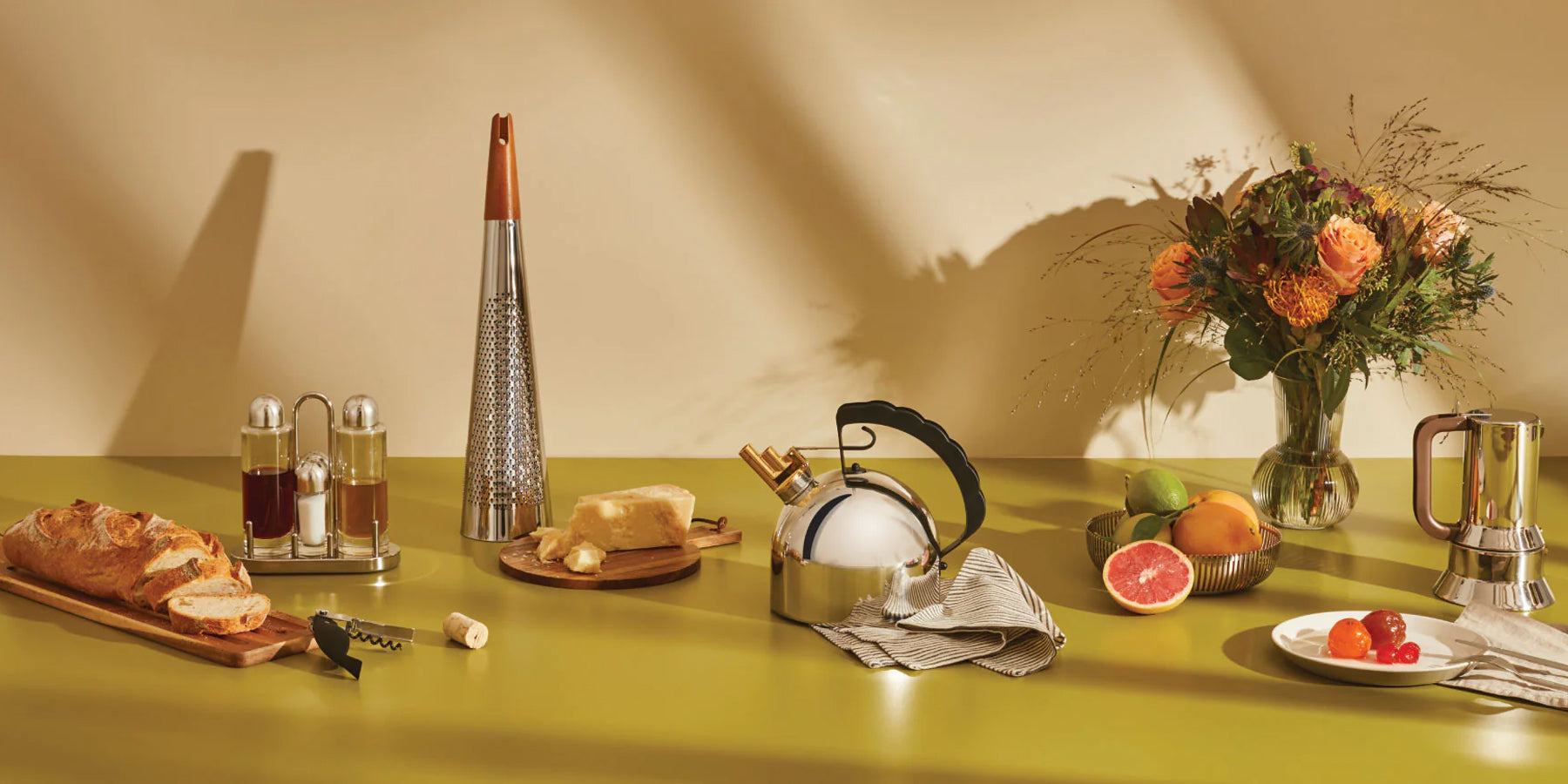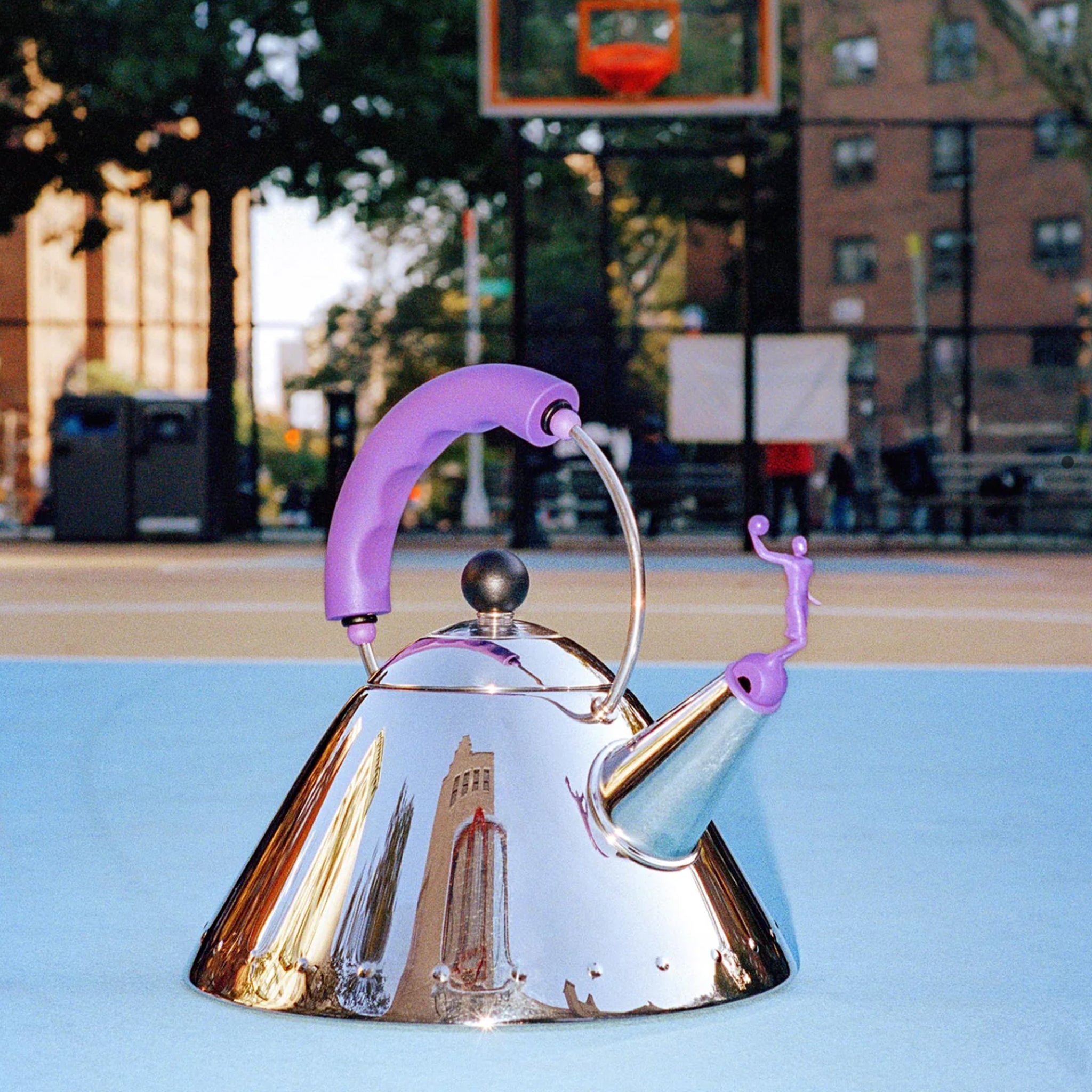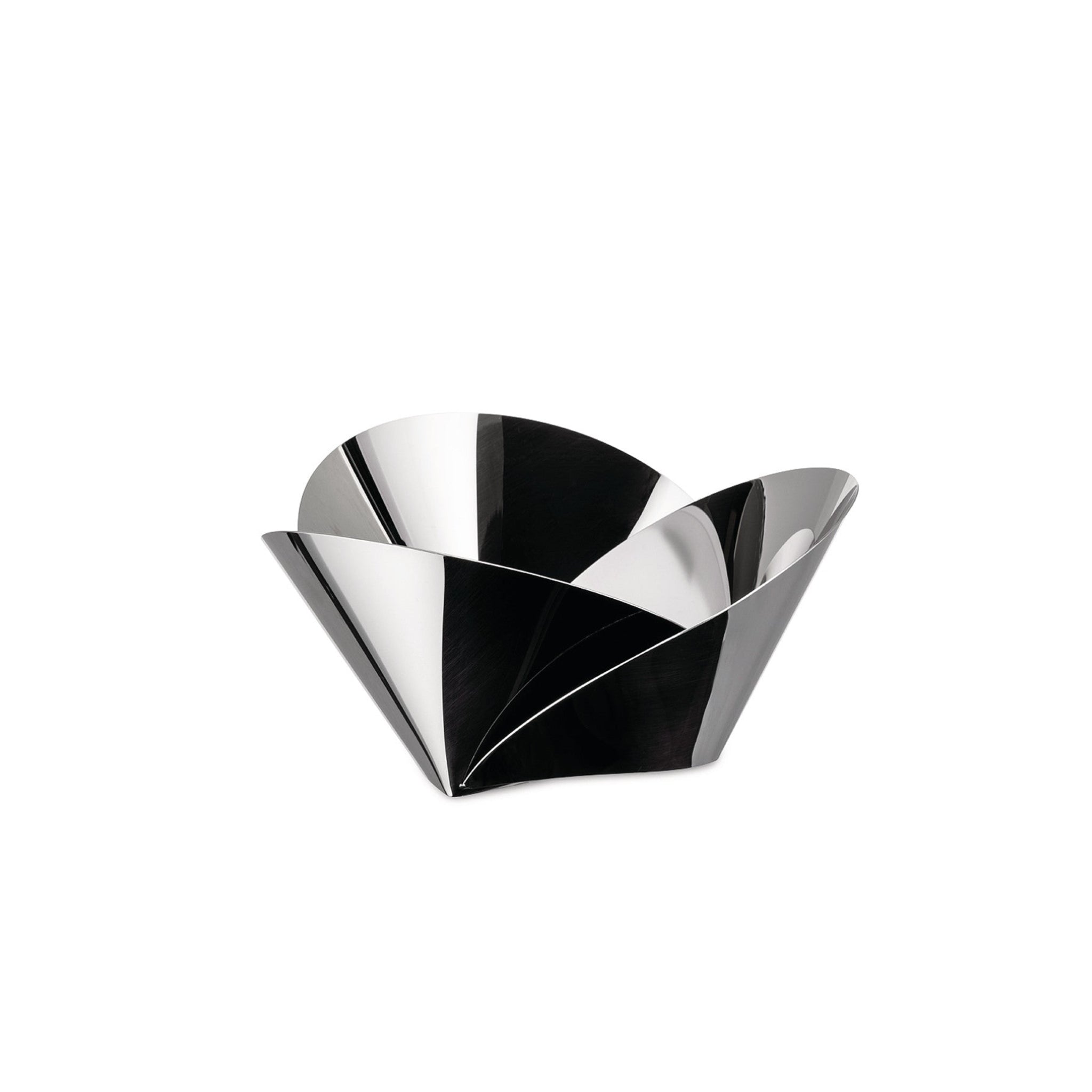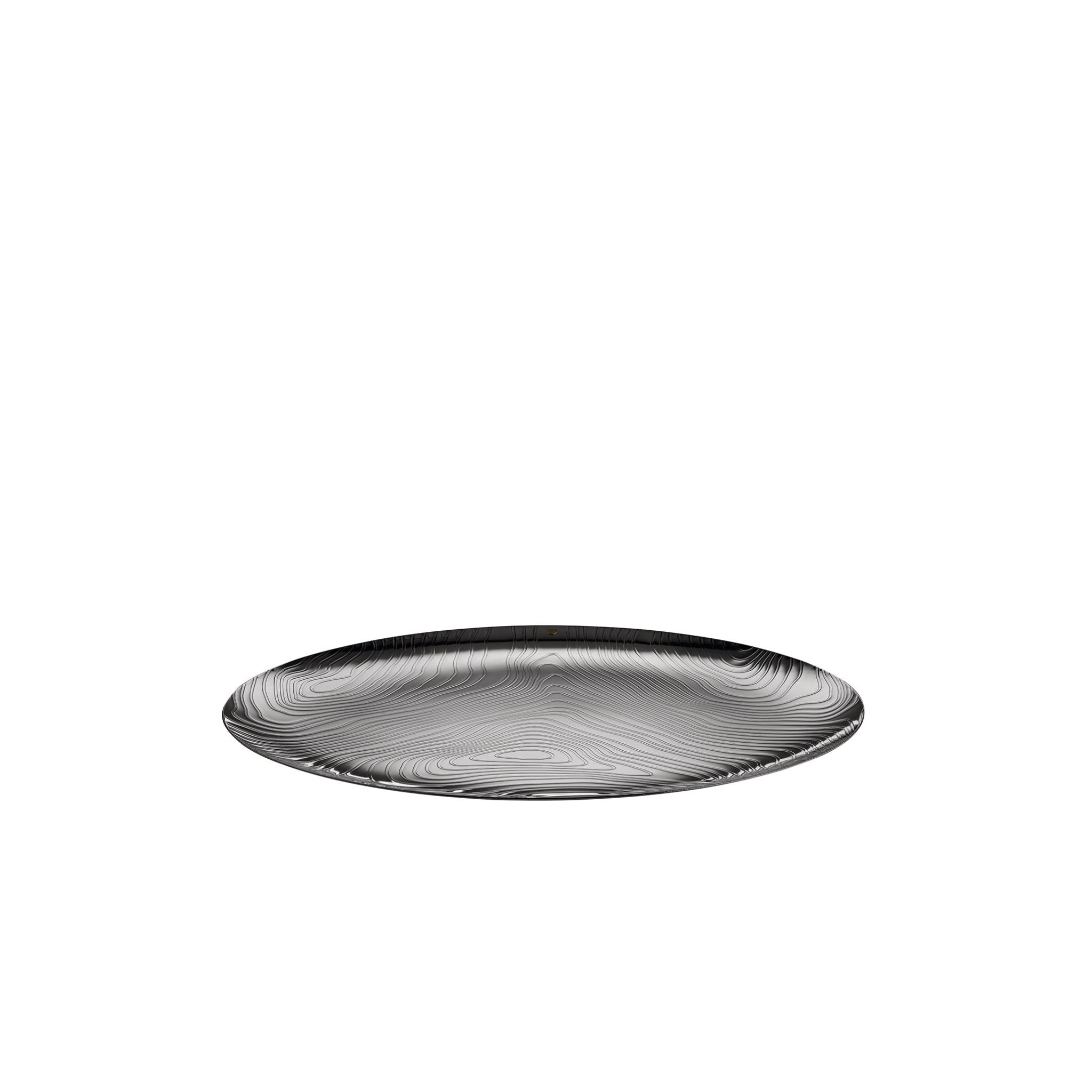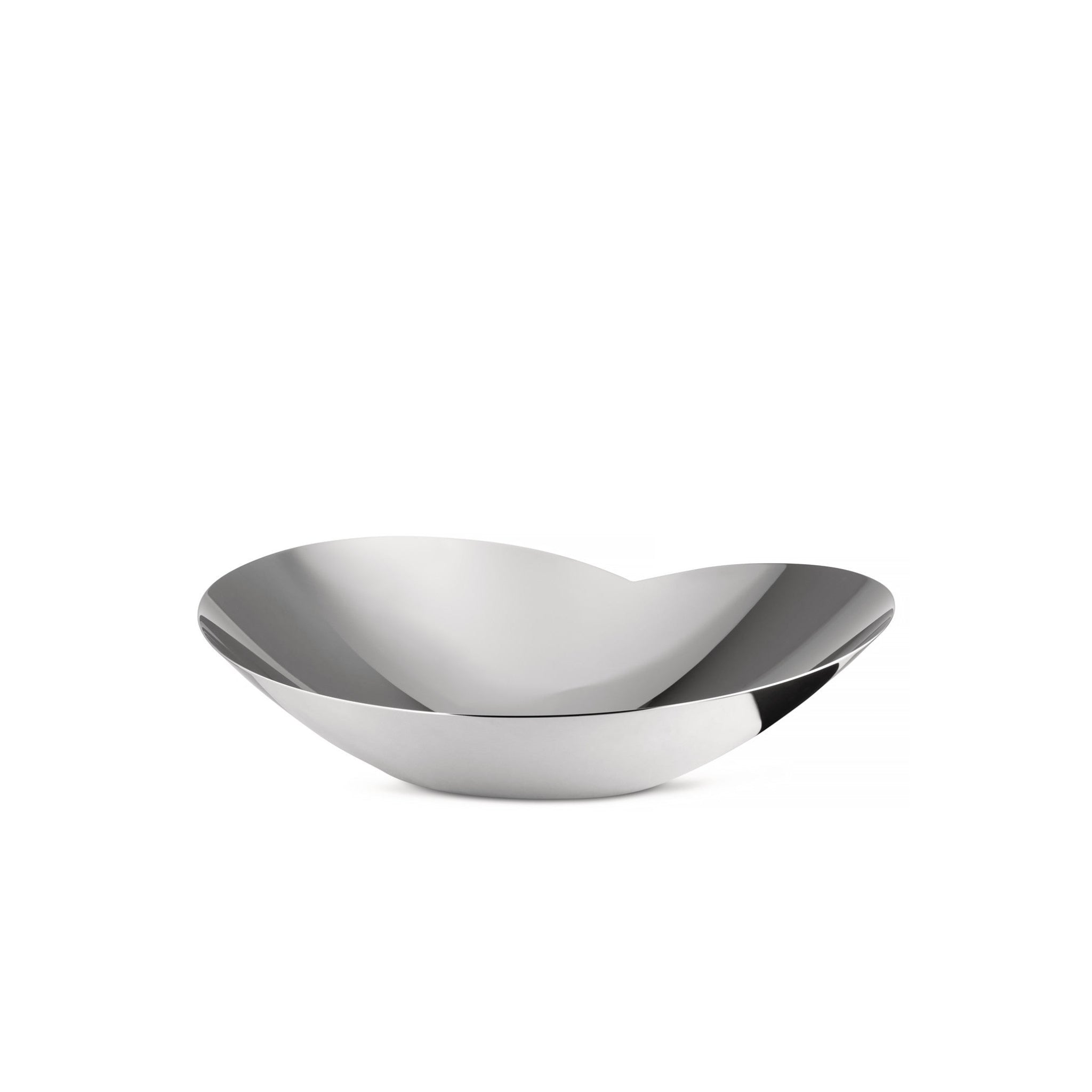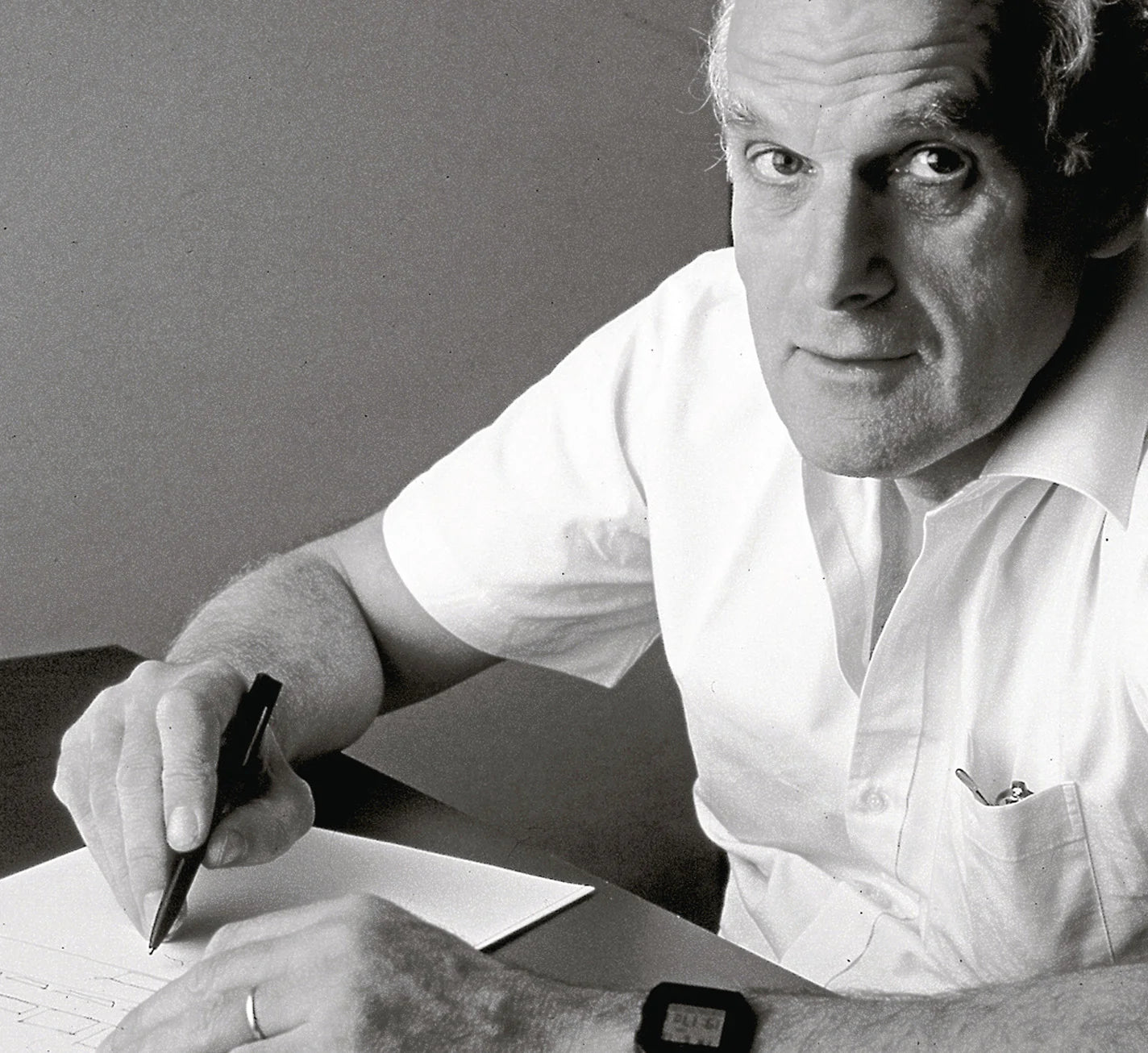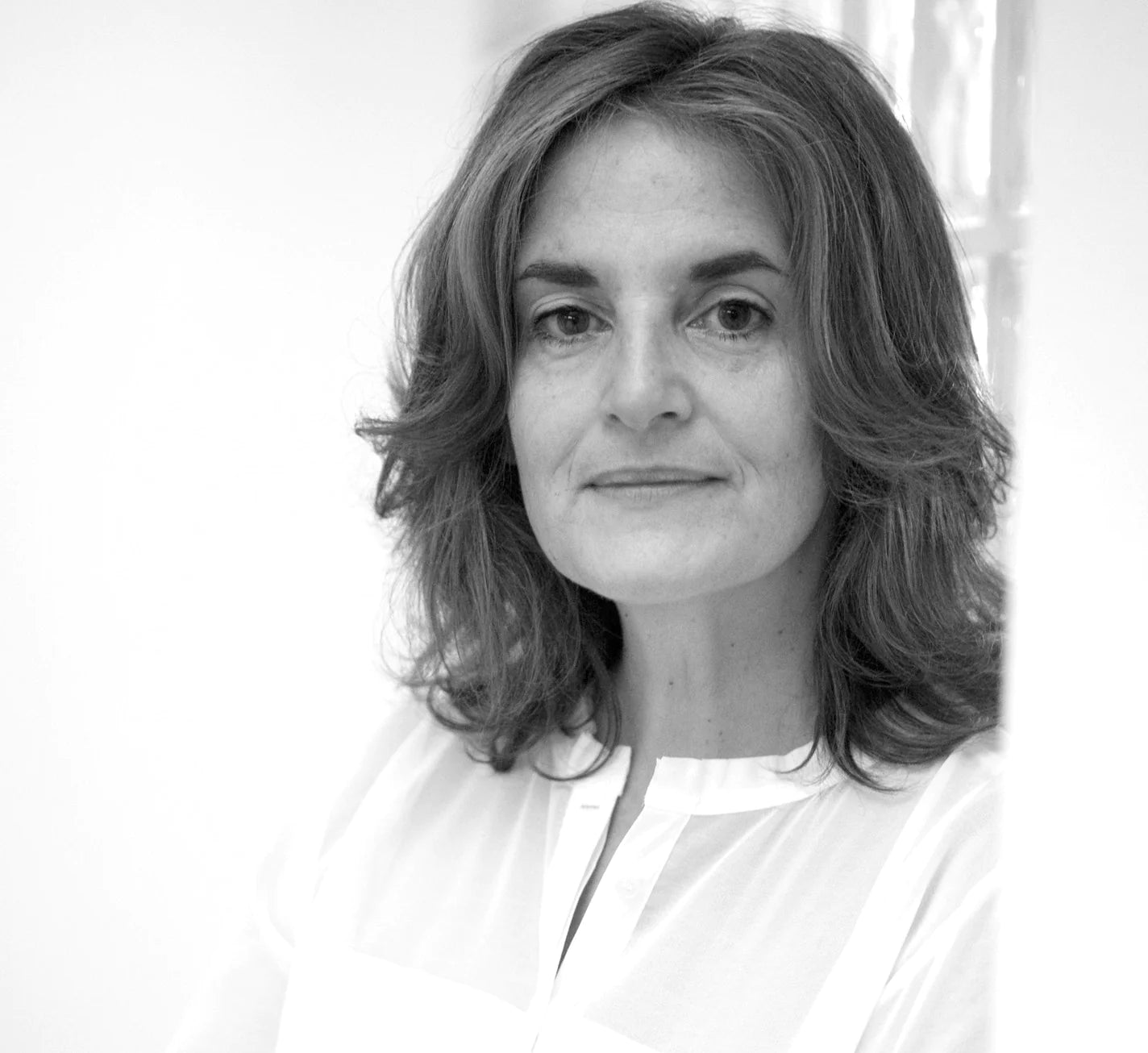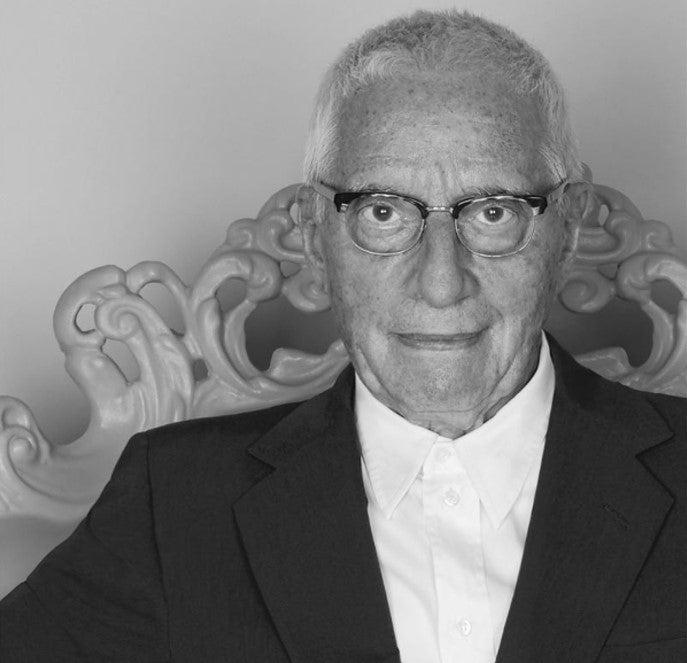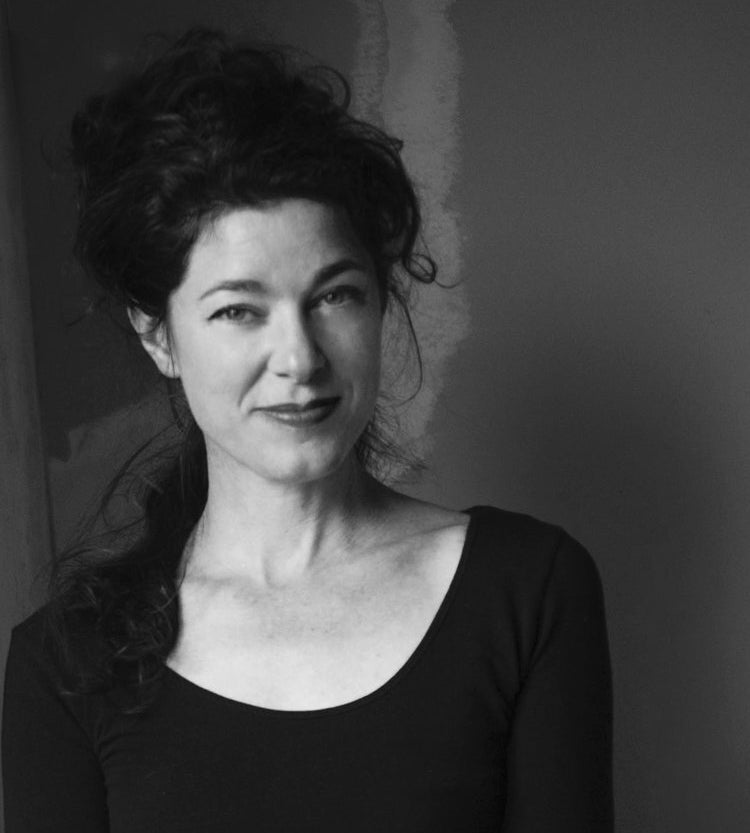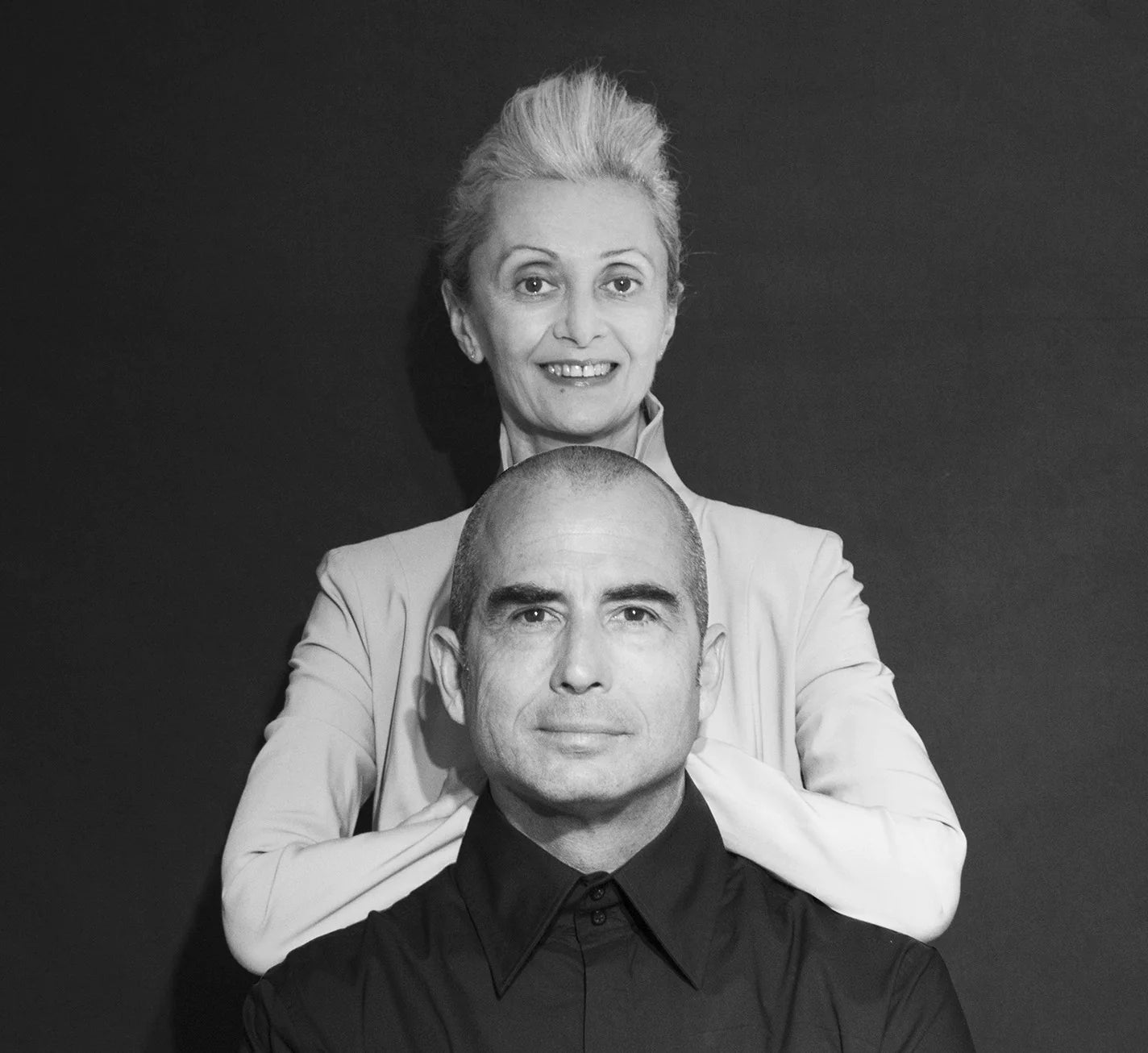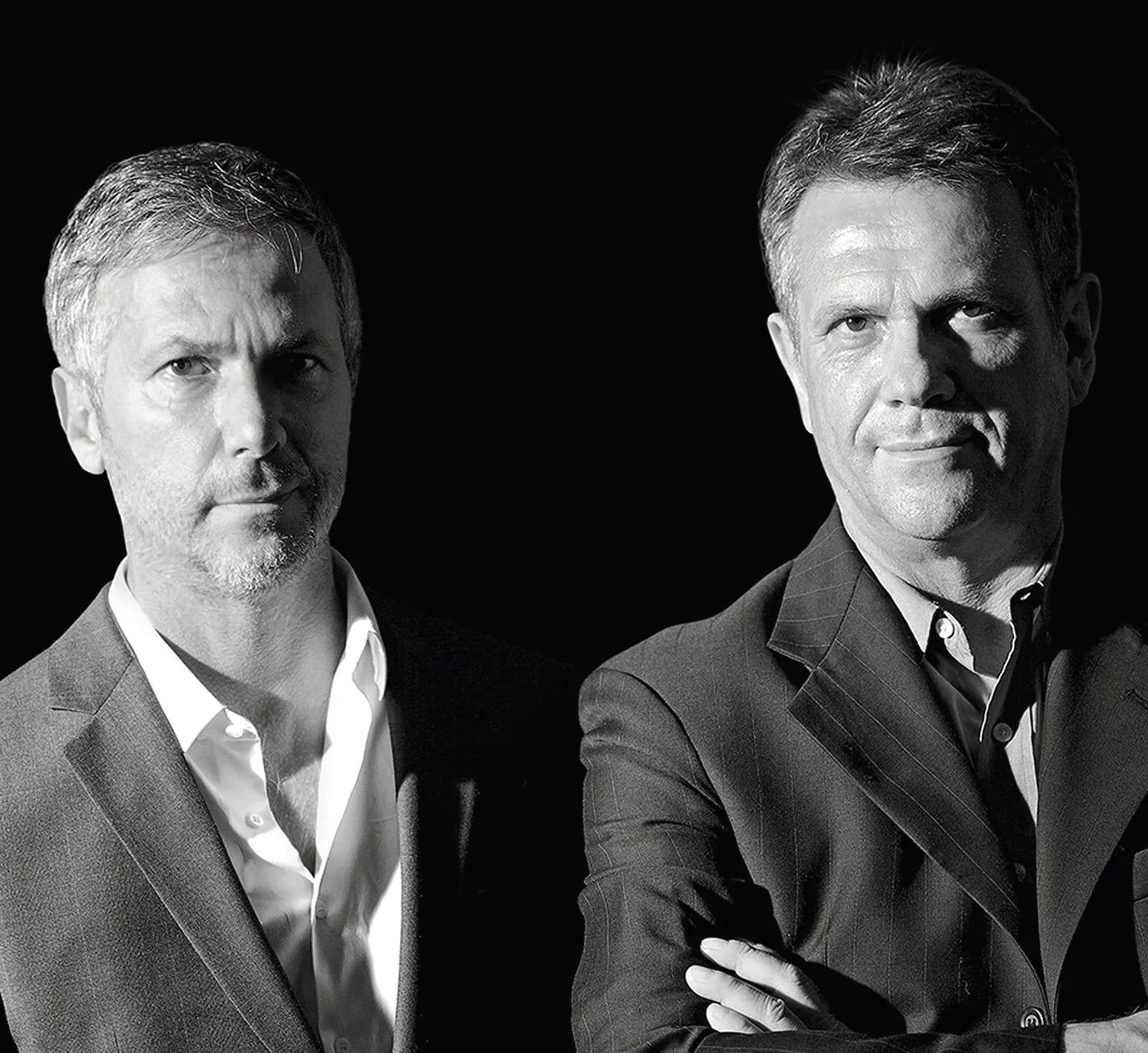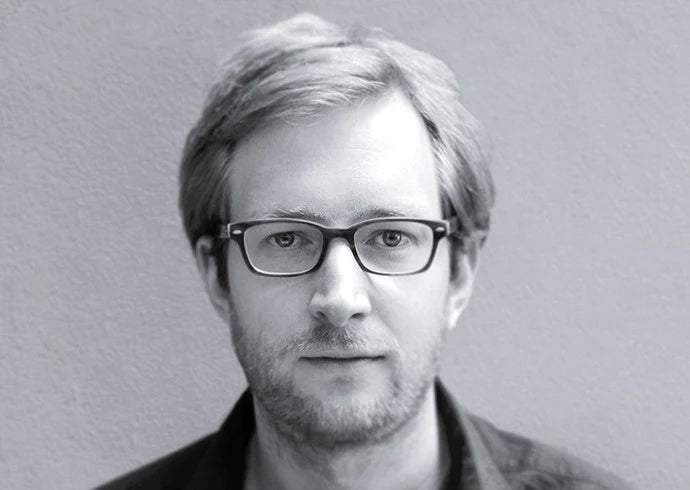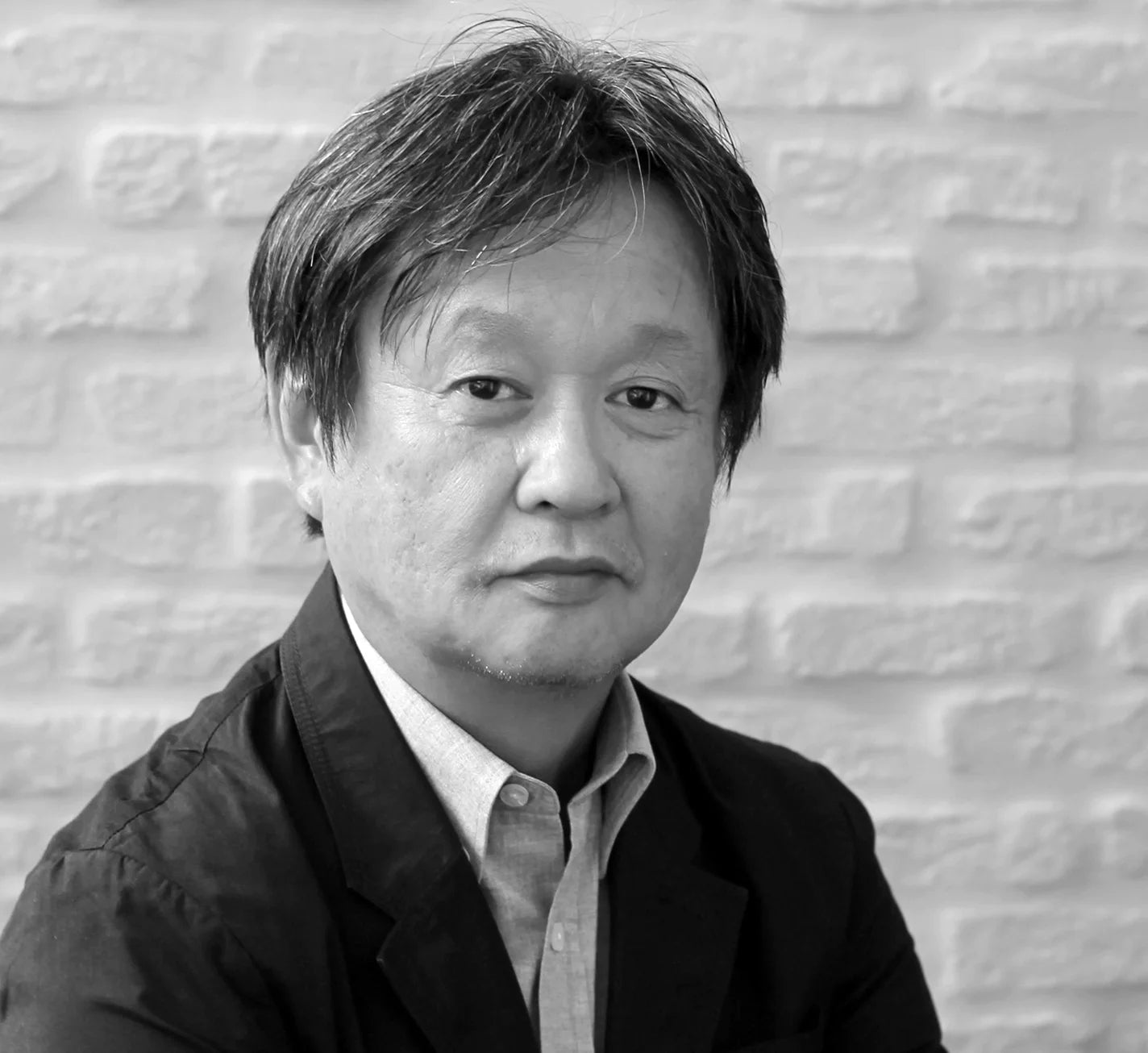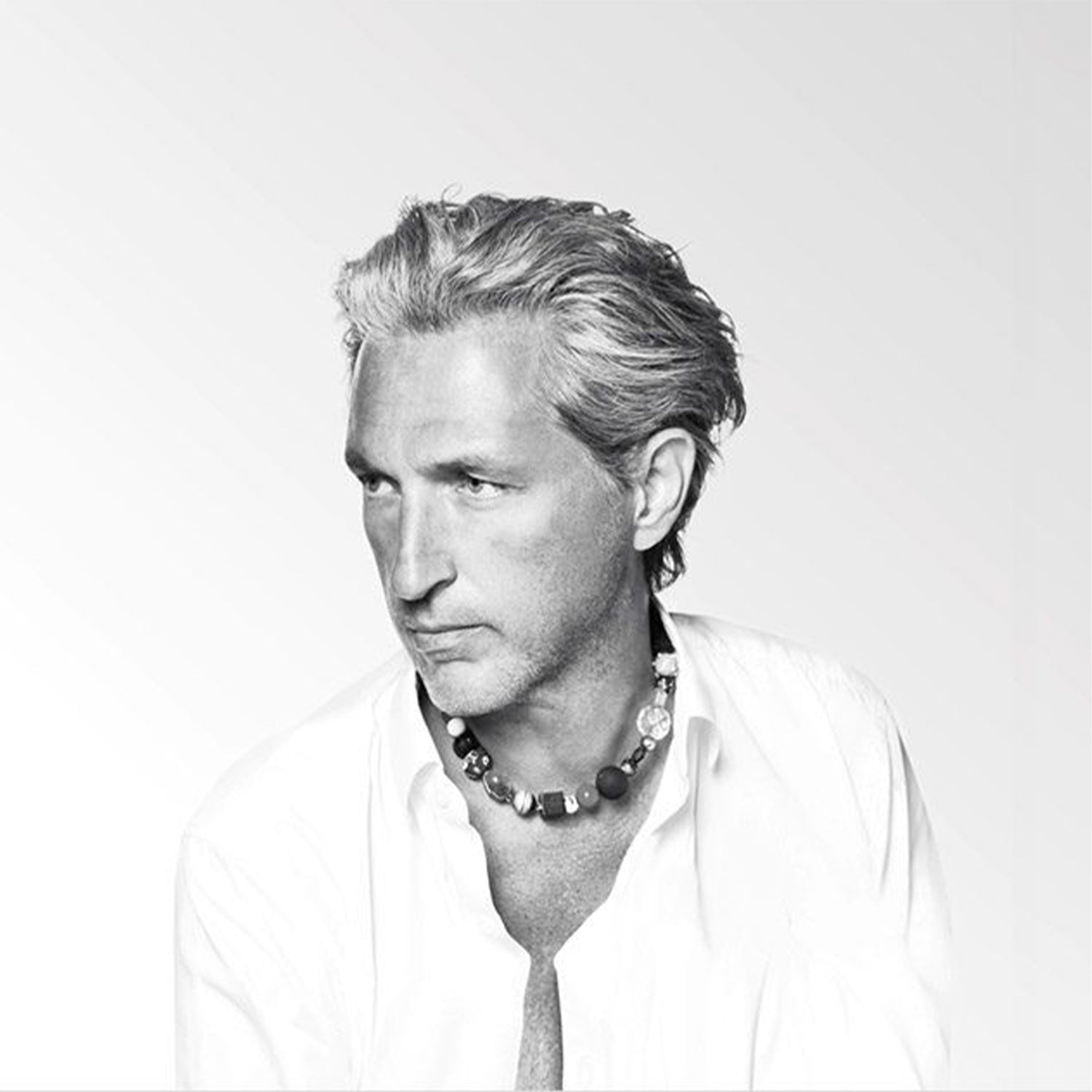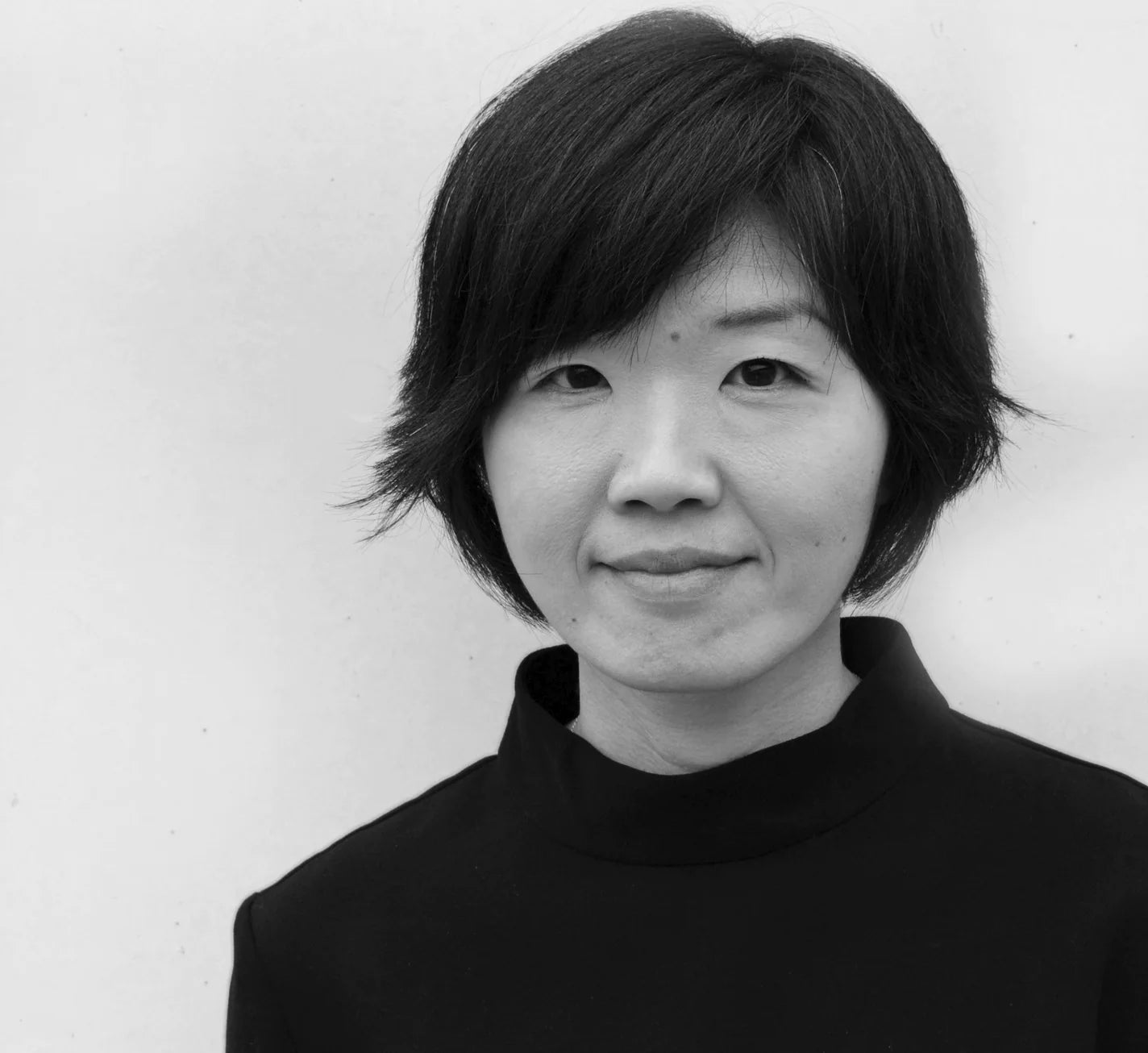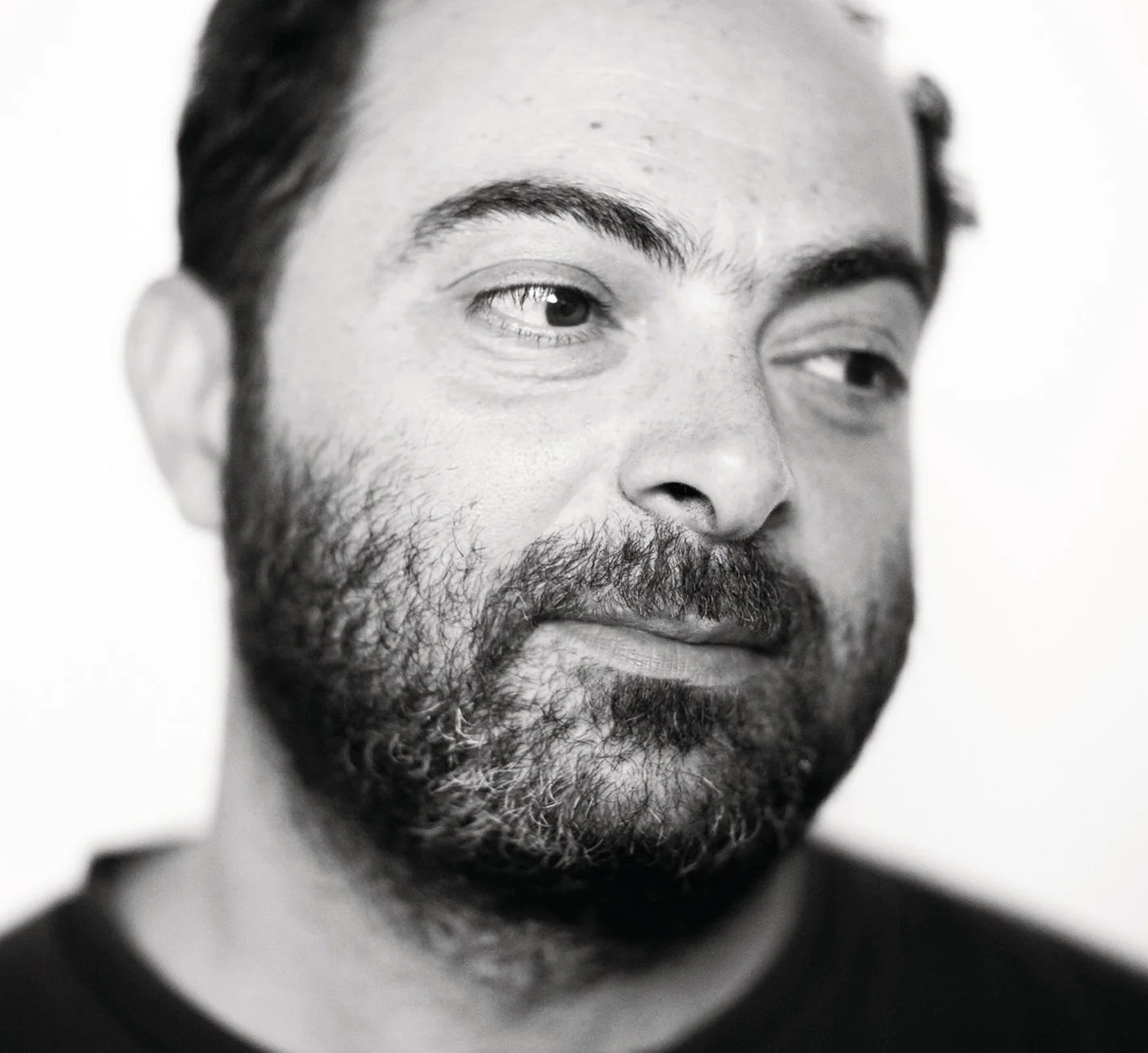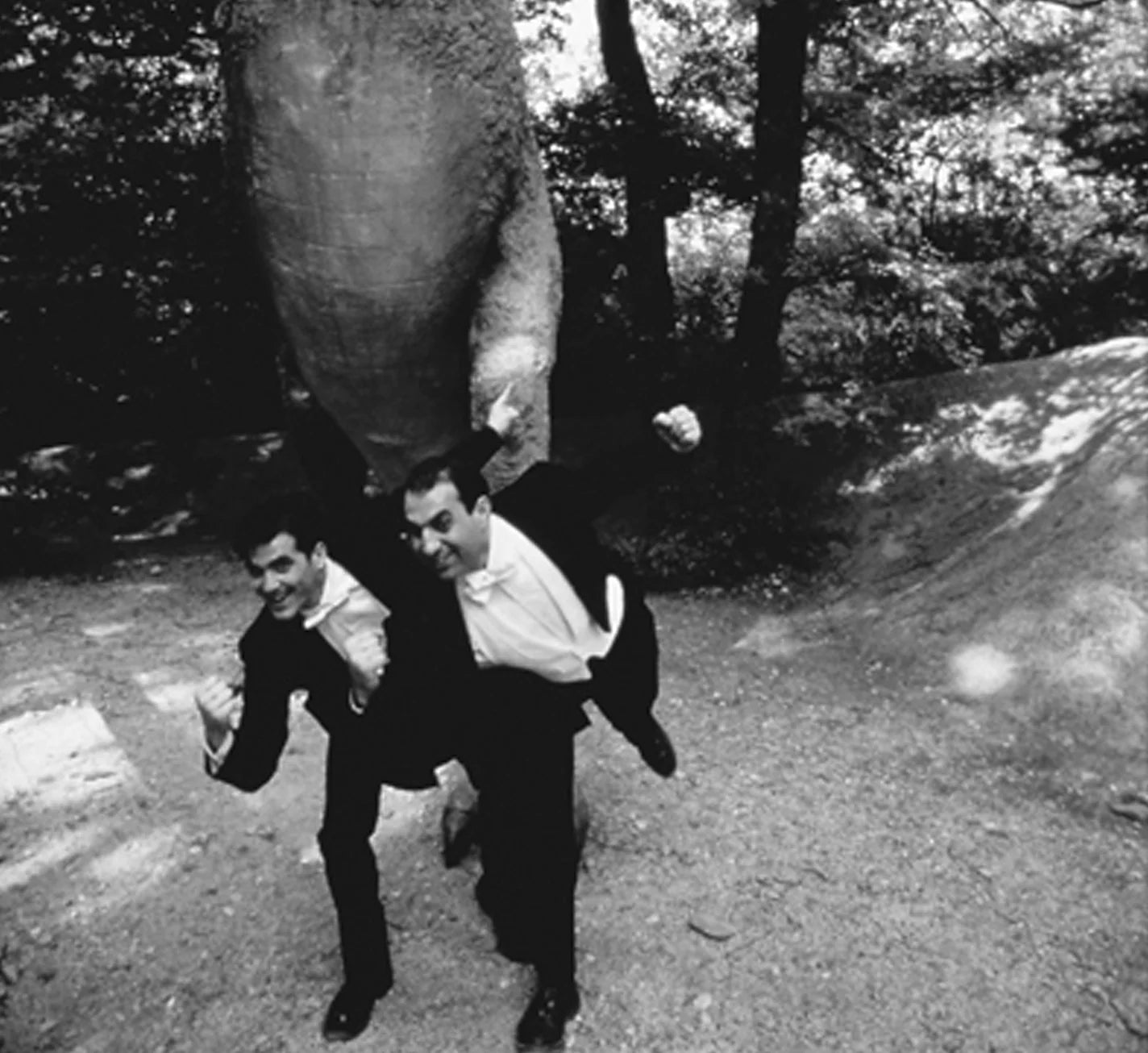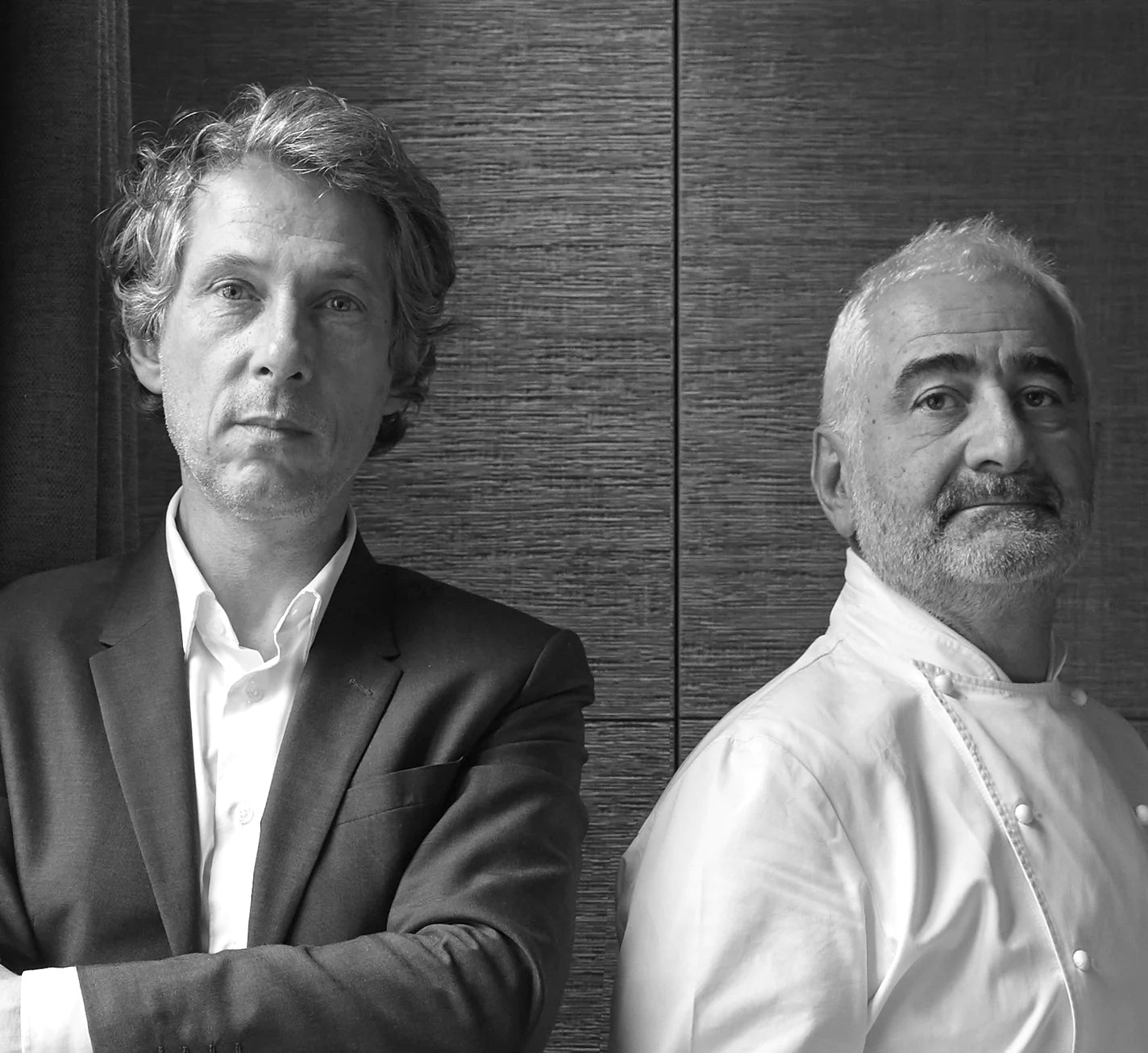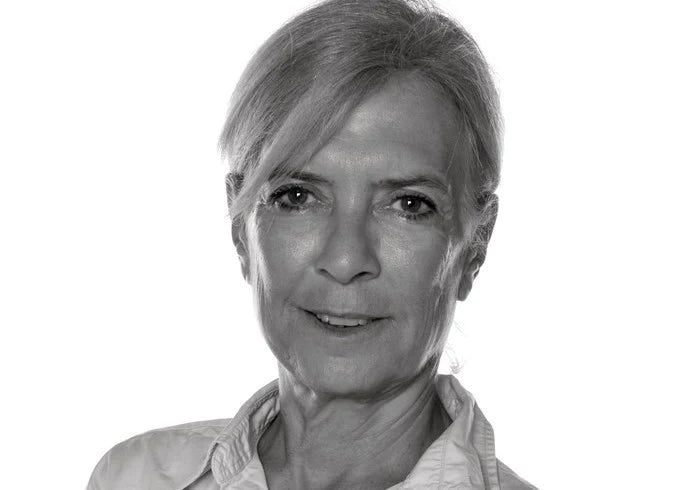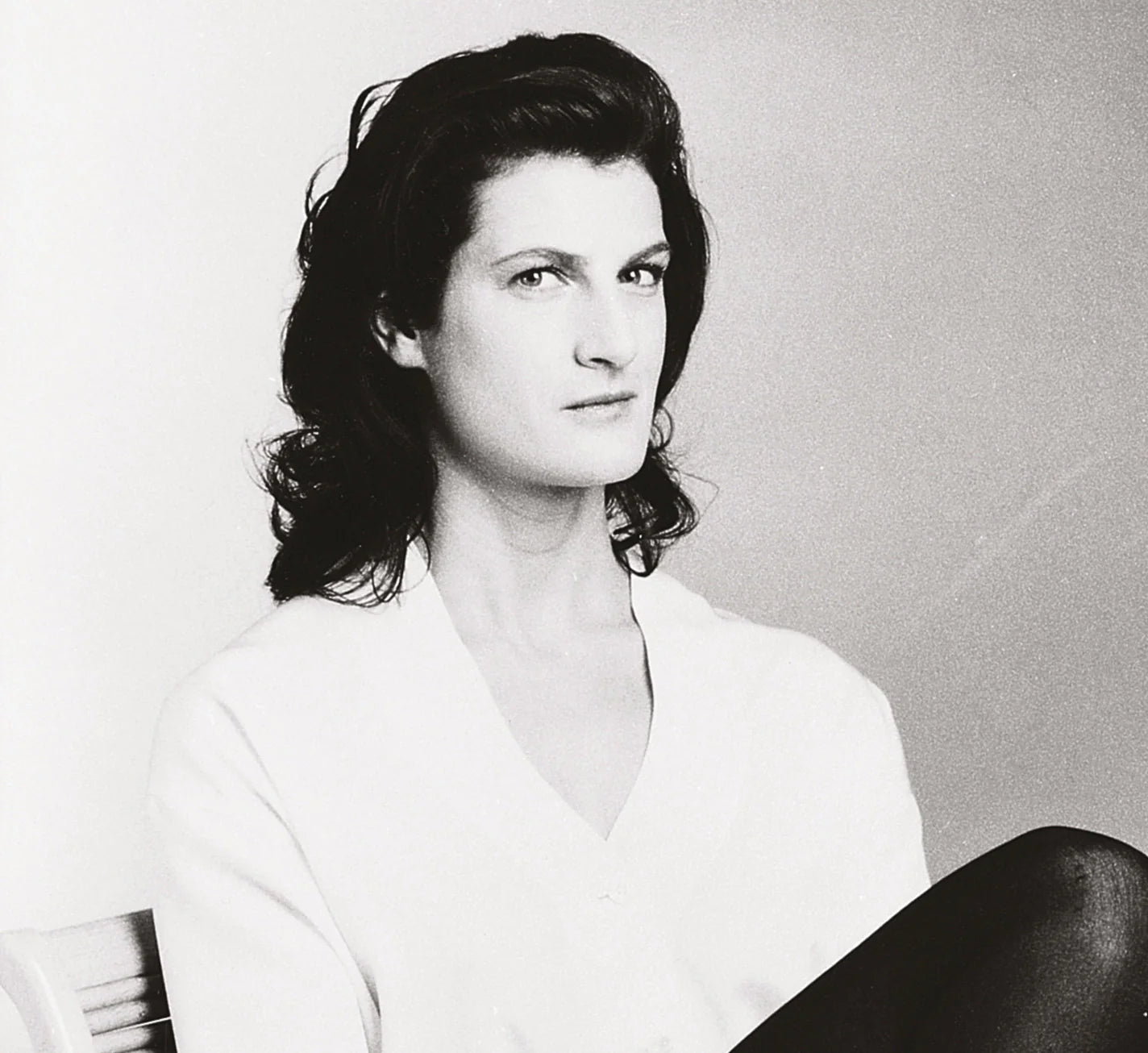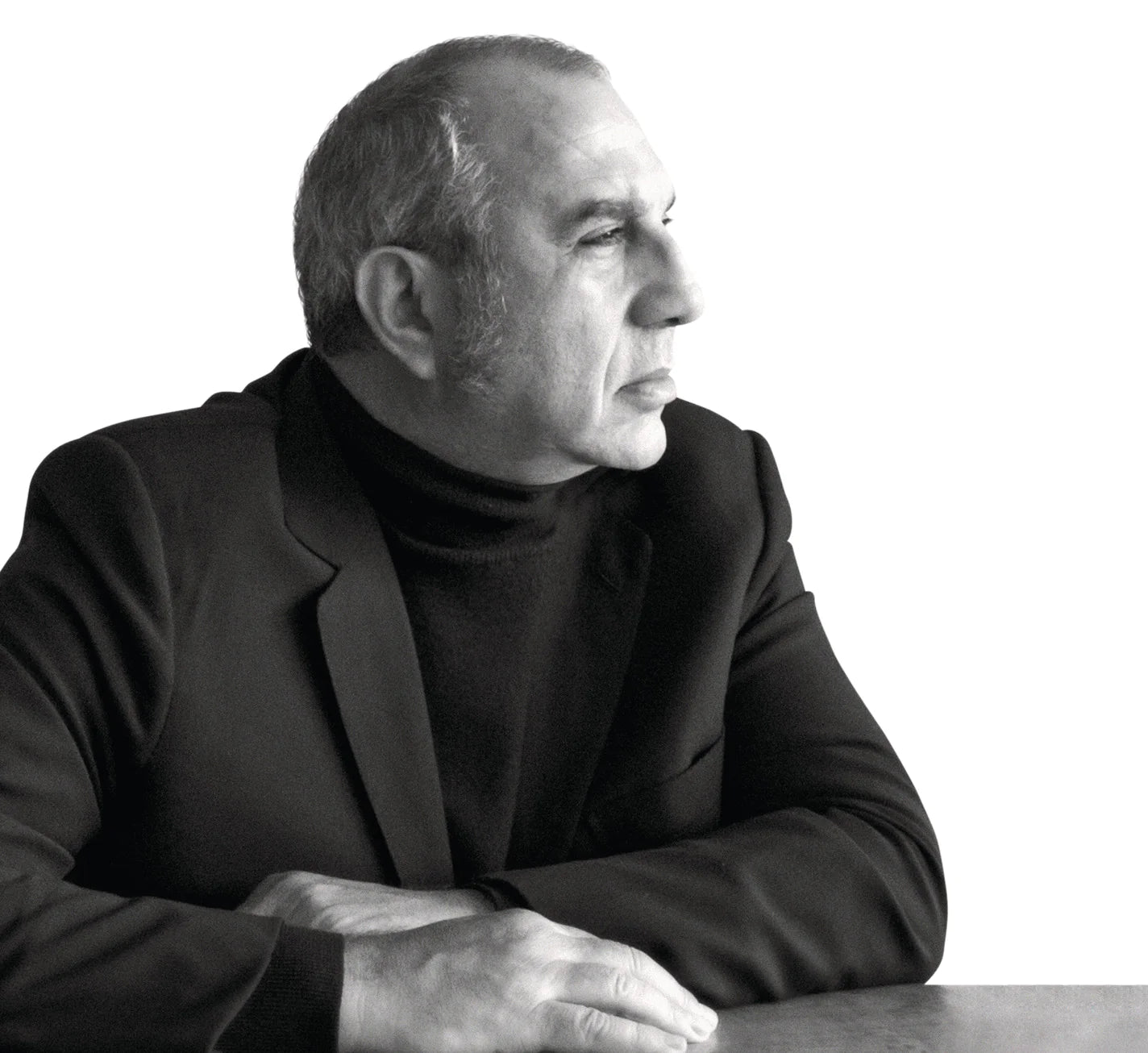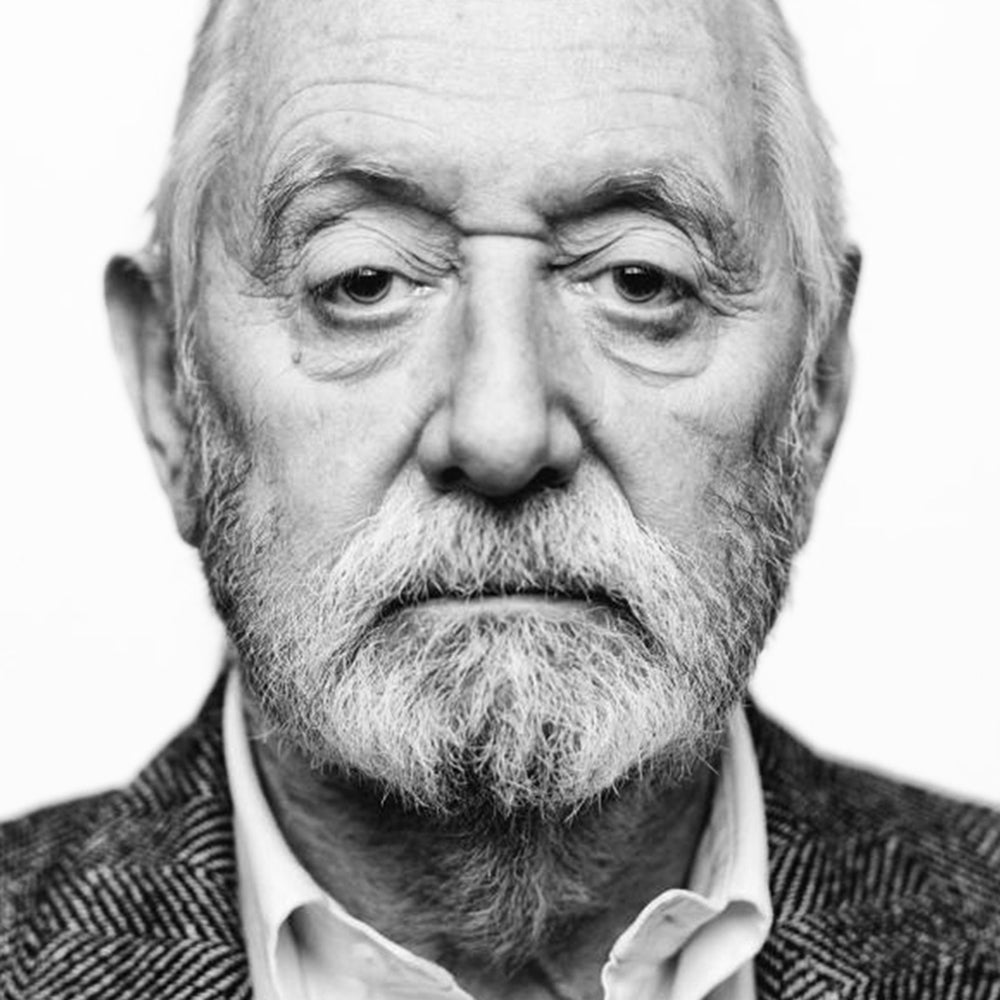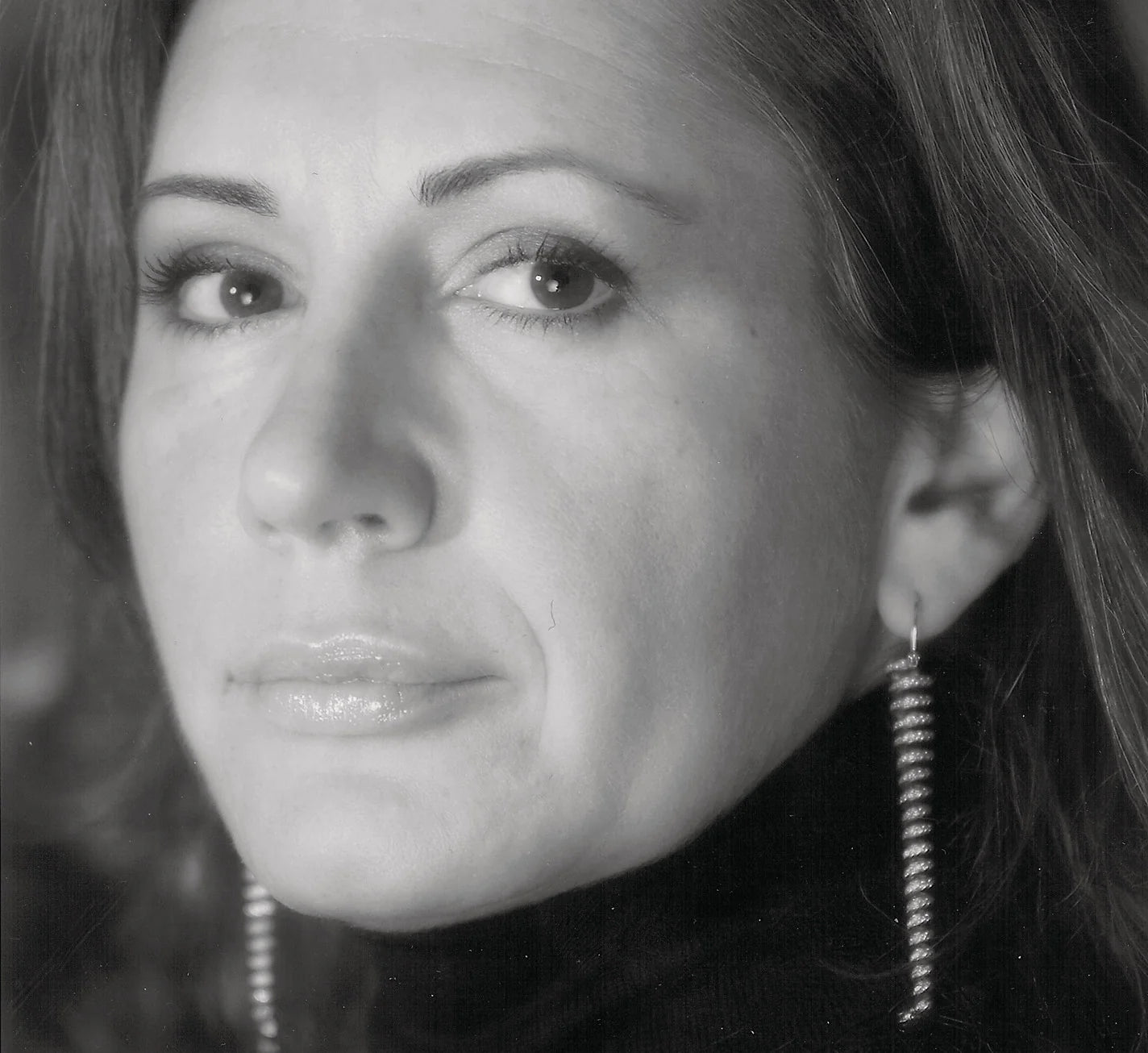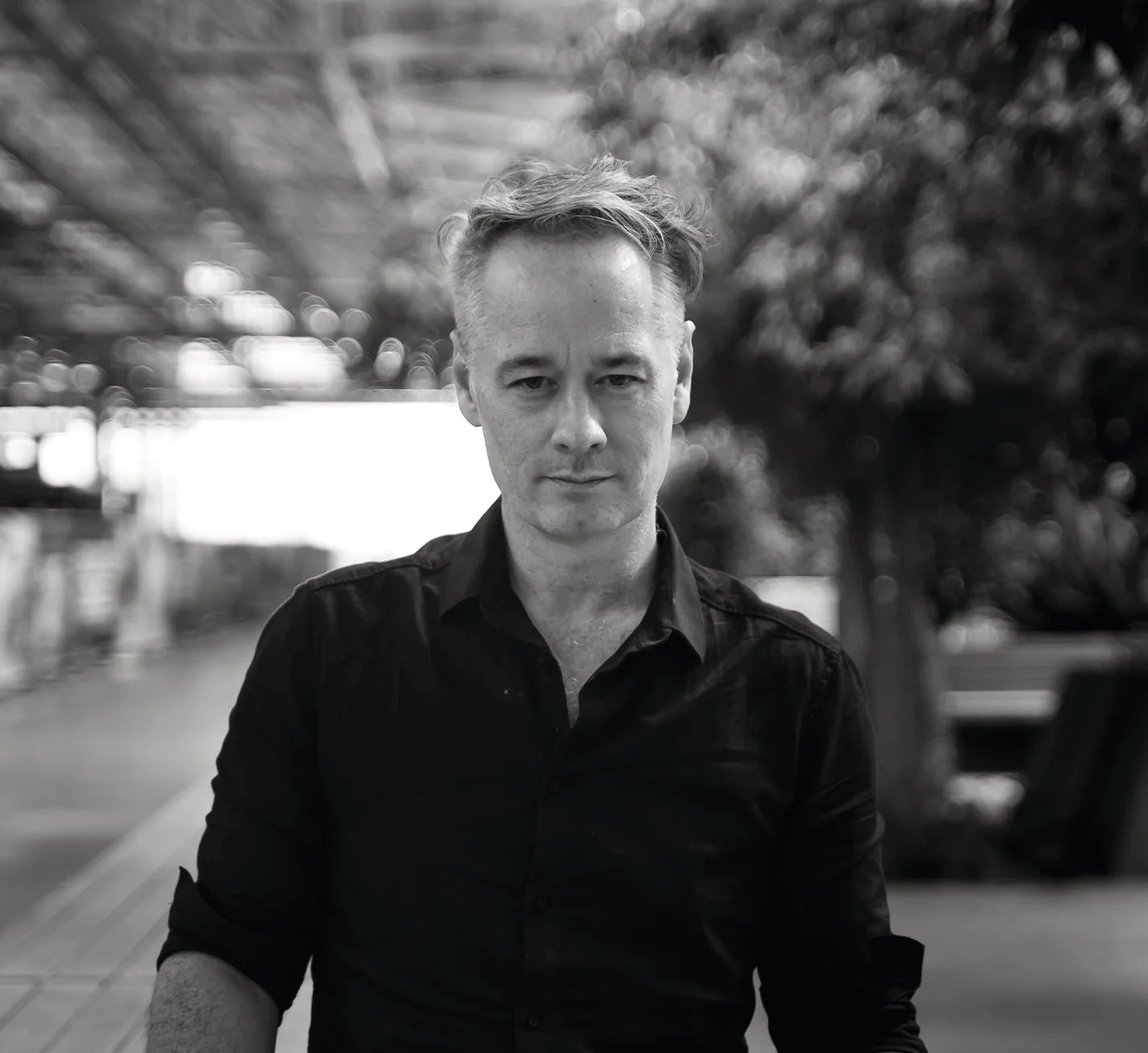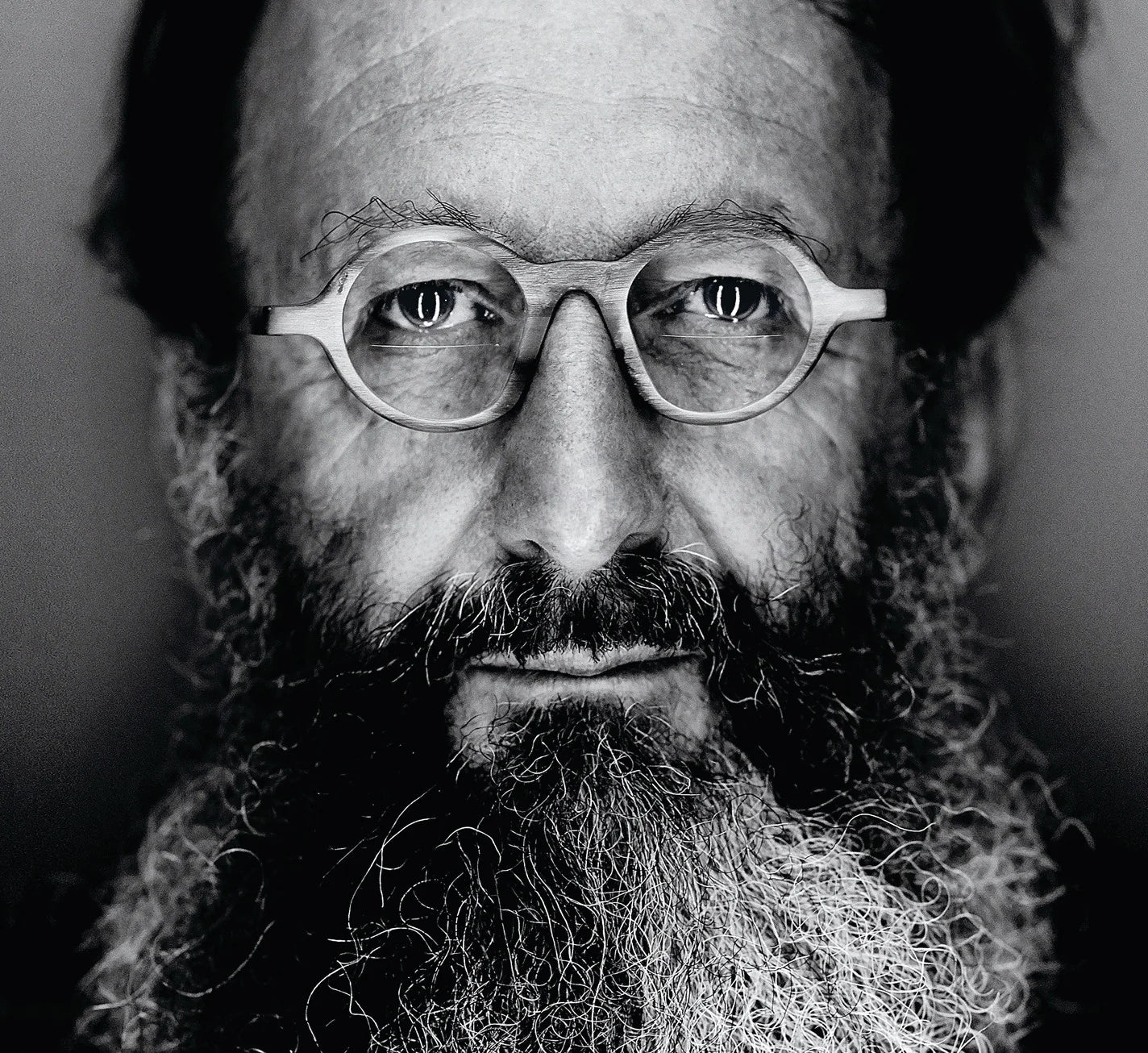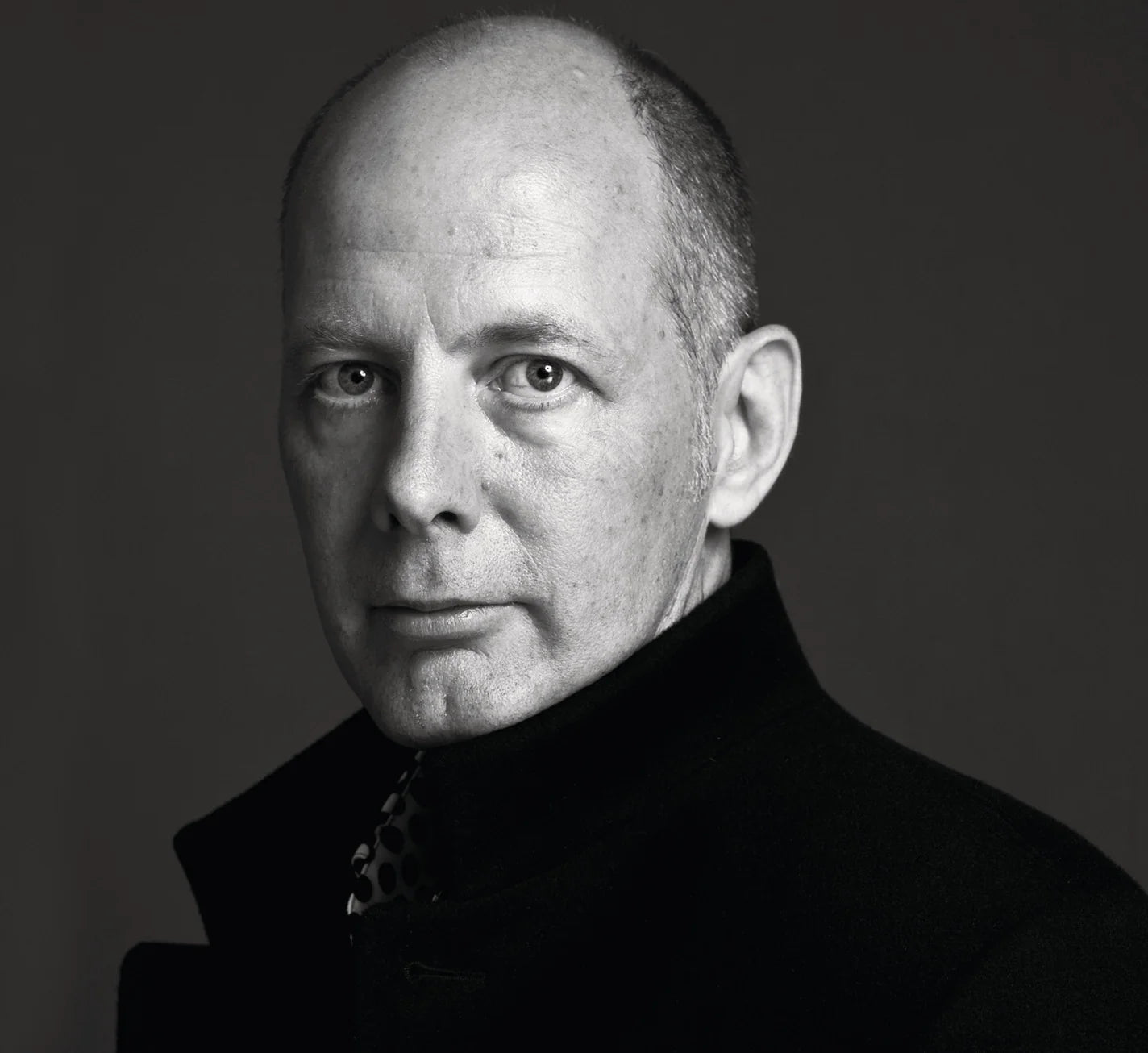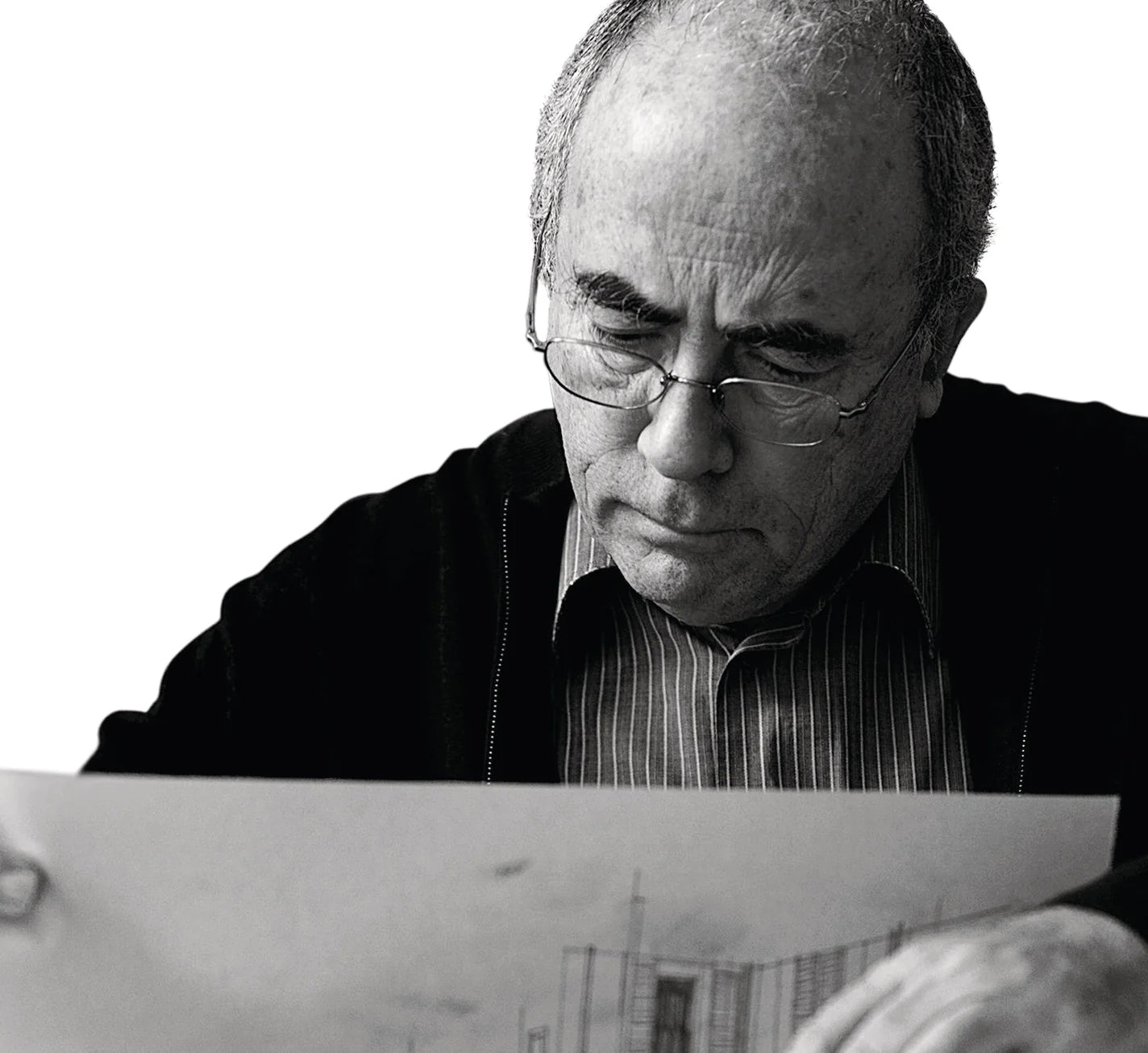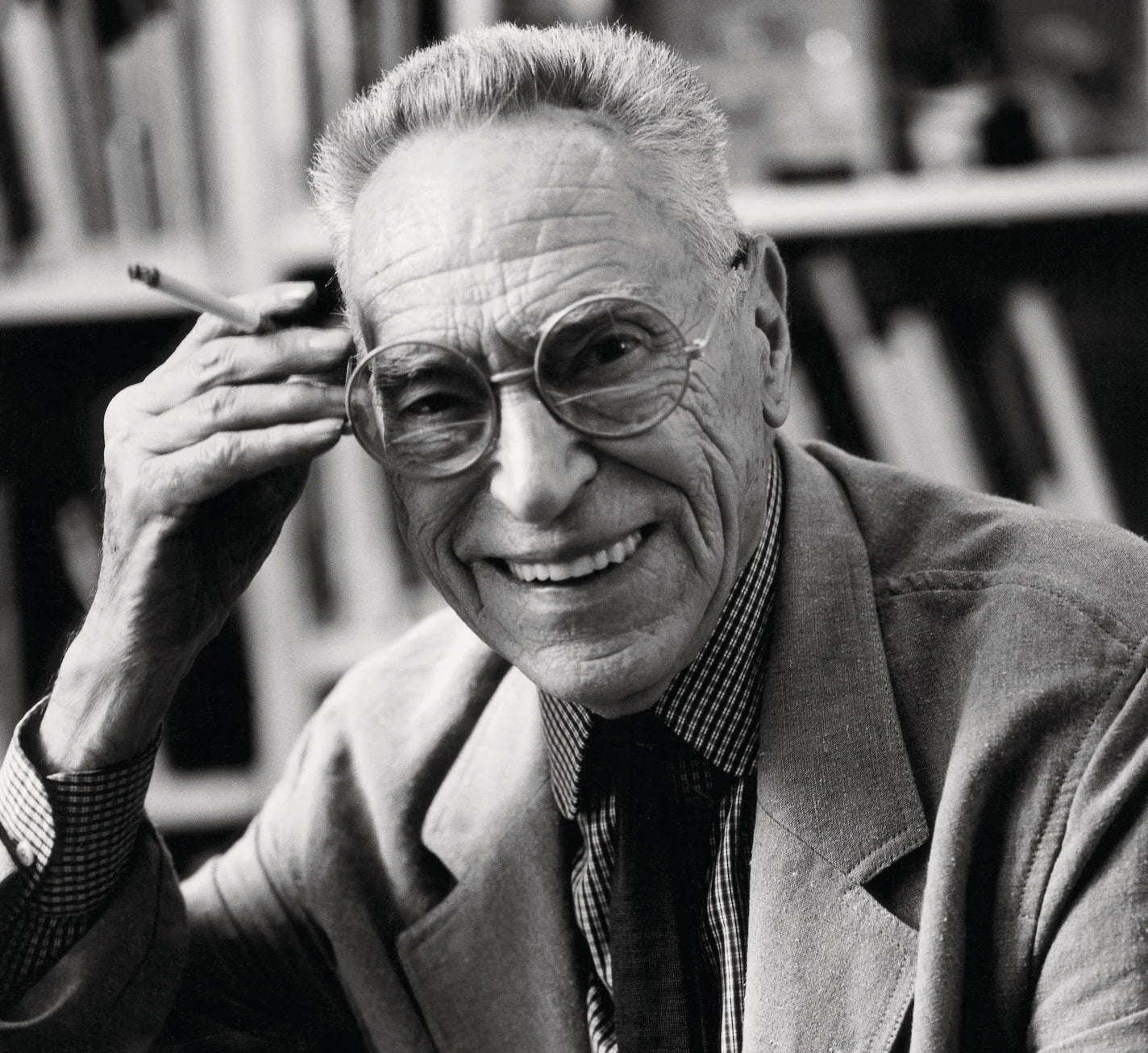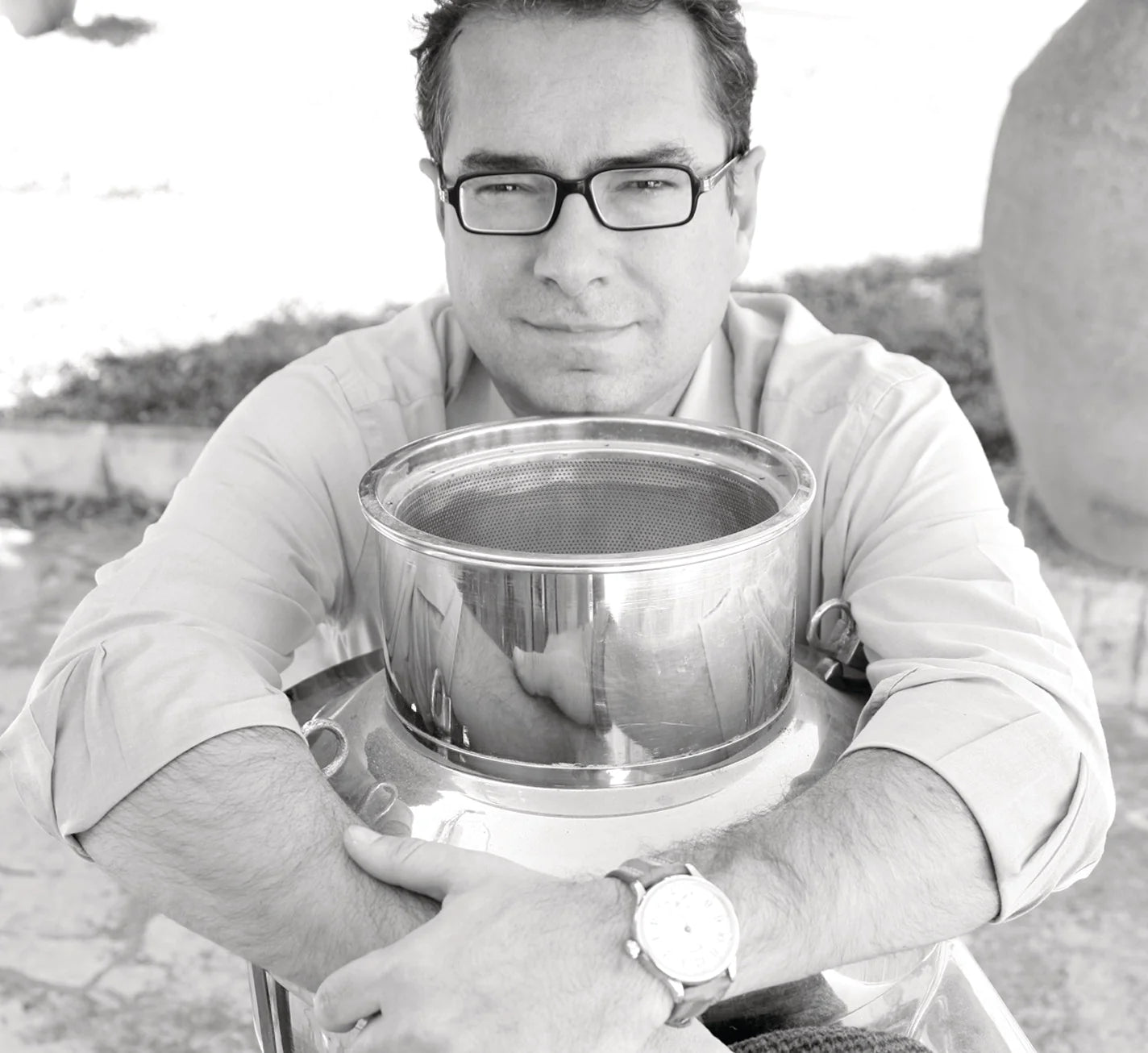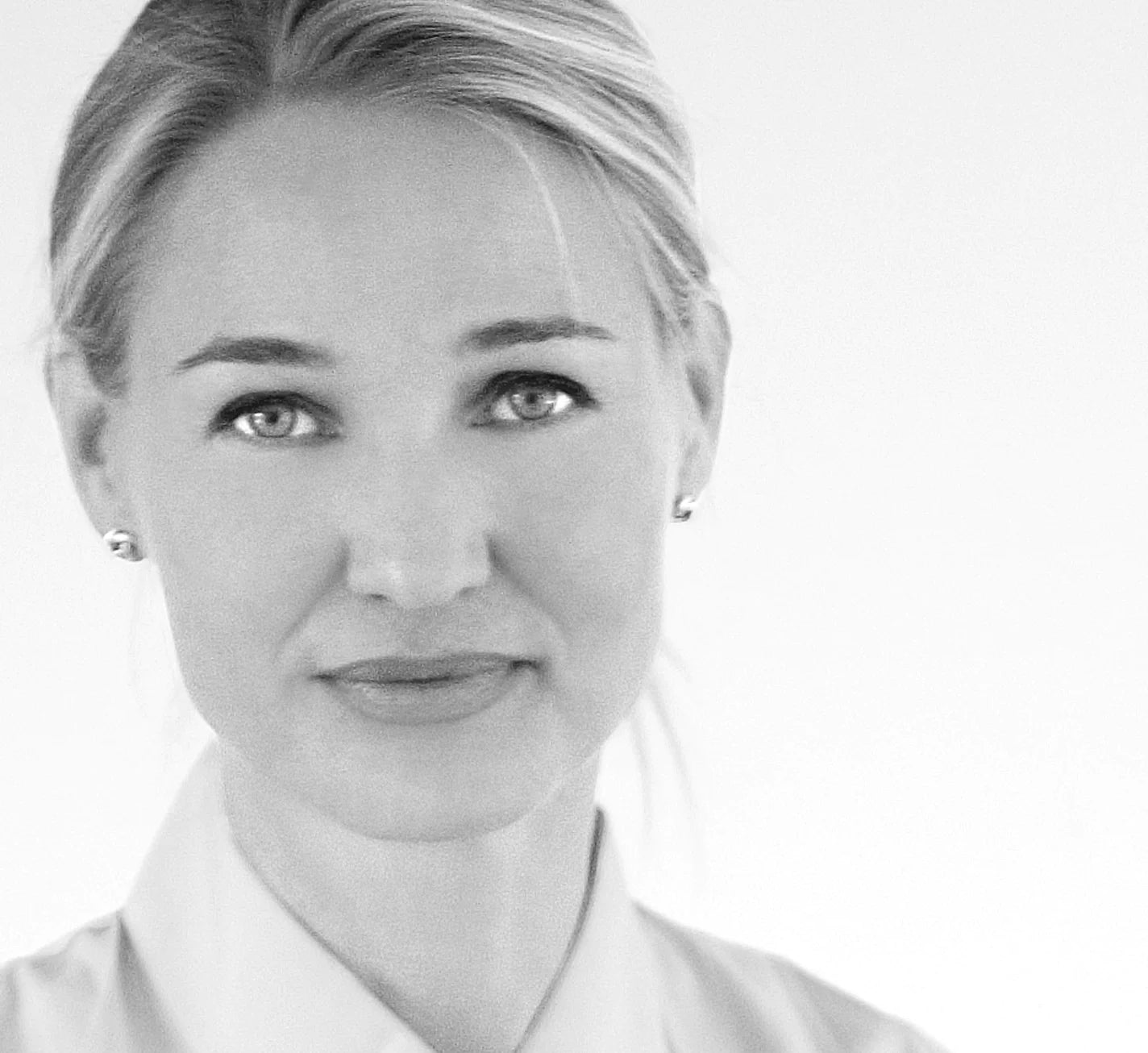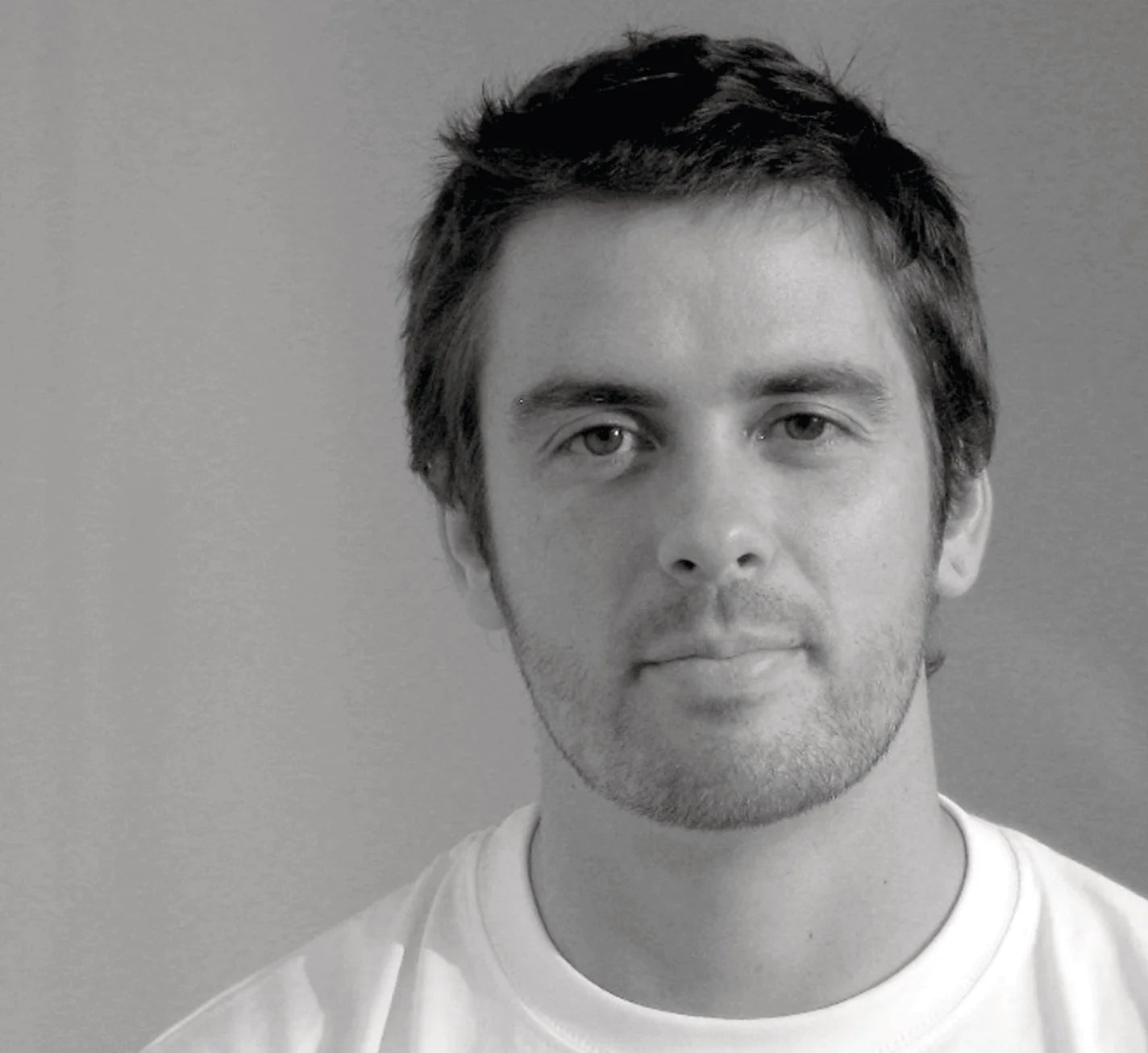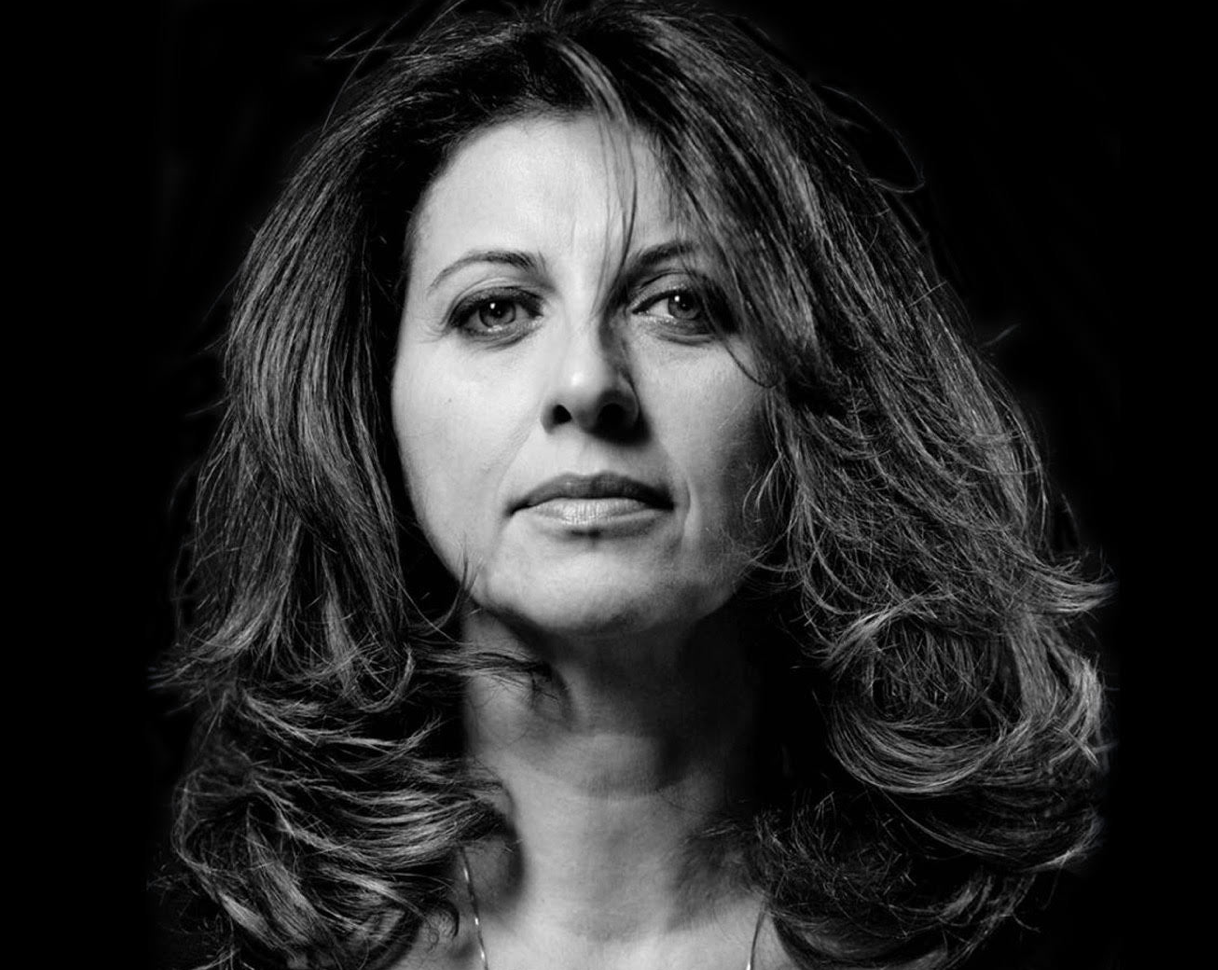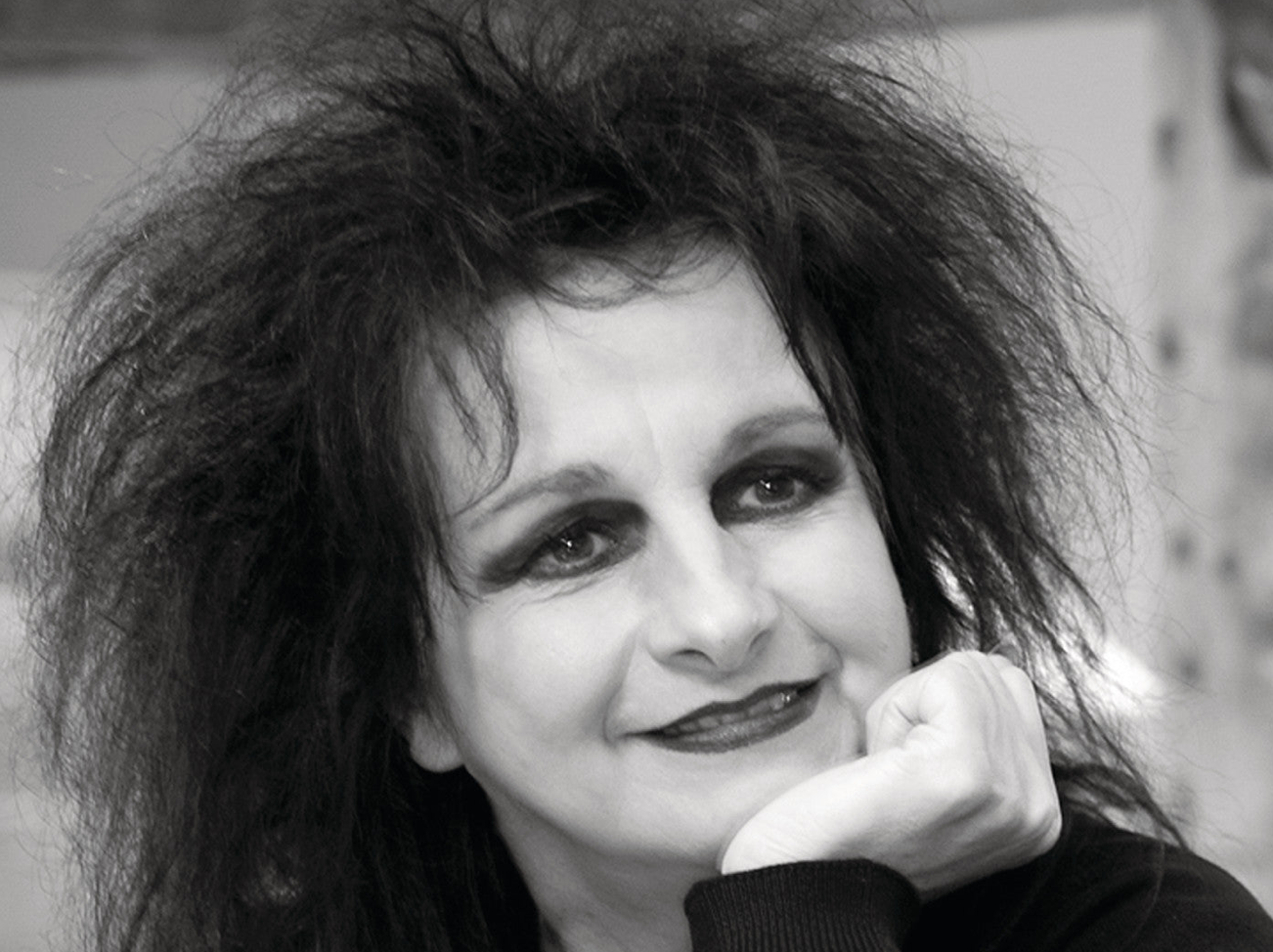Alessi's Iconic Products
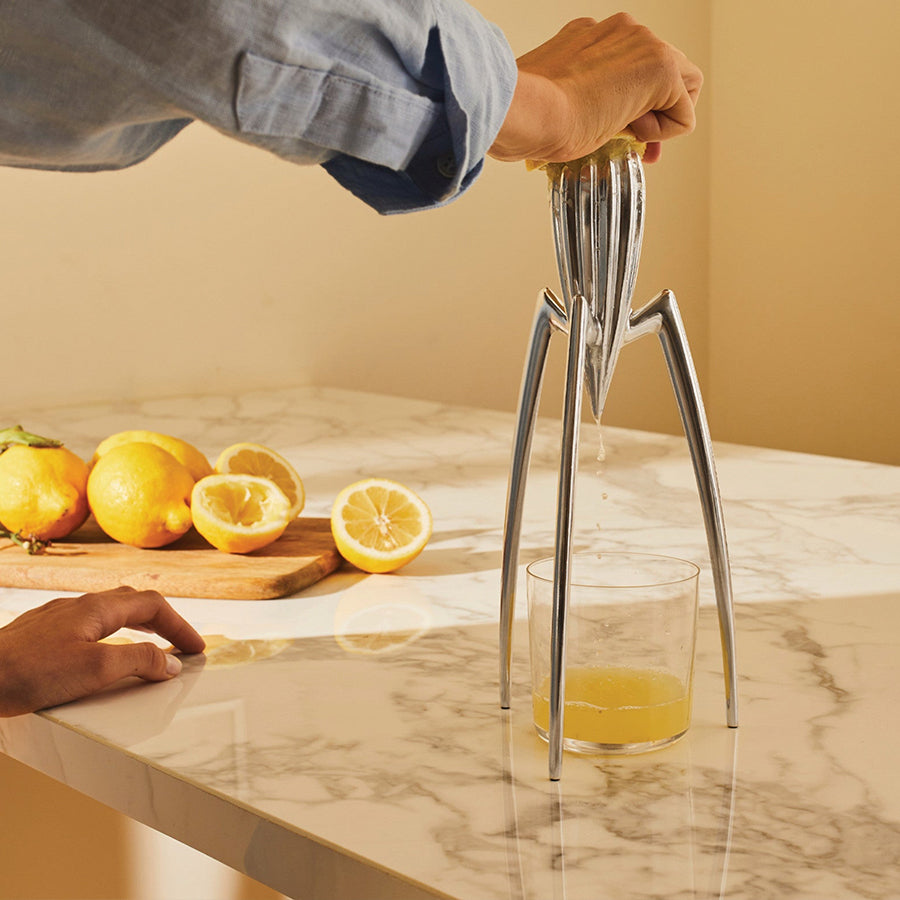
Alessi's History
In 1921, Giovanni Alessi and his brother founded Fratelli Alessi Omegna - FAO, “brass and nickel silver plate processing workshop with foundry”. FAO's first production was inspired by the dictates of the most prestigious manufacturers of objects for the home in the early 20th century, particularly those from Austria and England. Giovanni was obsessed with quality and craftsmanship: his products made of copper, brass and nickel silver and then plated with nickel, chrome or silver became immediately famous for their meticulous craftsmanship and excellent finishing.
1930s: Carlo Alessi
In 1932, Giovanni's eldest son, Carlo Alessi, joined the family business when he was still very young and designed most of the objects made between the mid-thirties and 1945. The growth of the company accelerated in the thirties, the number of people working in the production department was increased and the first sales network was created. Thanks to Carlo's design talents, the first original, independent creative products were produced. By the end of the decade, this promising momentum was stalled by changing political conditions.
1940s: War Era
The outbreak of the Second World War meant that Fratelli Alessi Omegna, like many other Italian companies, had to devote its efforts to the arms industry. When the war ended and FAO returned to business, he laid the foundations for this transformational process that would take the company from an artisanal to an industrial scale. It also developed a much clearer product image that could compete with the creativity of the industry's leading companies and penetrate the burgeoning Italian design scene.
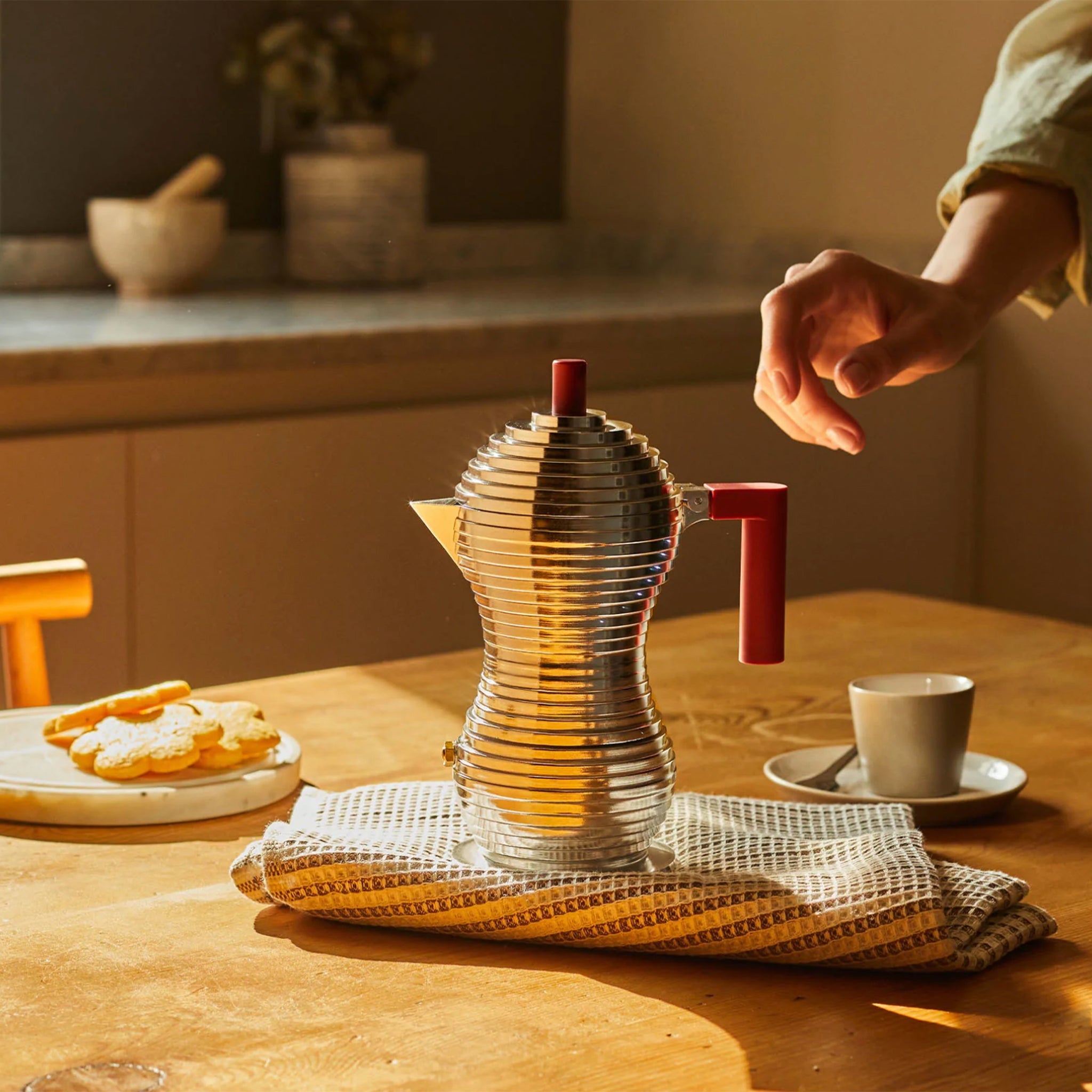
1950s: Ettore Alessi
In the 50s, the company gradually abandoned the use of soft metals, replacing it with stainless steel, transforming production from artisanal to industrial. The sign of change with a new name: ALFRA (ALessi FRAtelli). During these years the company has specialized in the production of objects for professional use (for hotels, restaurants, bars, etc.). The founder's eldest son, Carlo Alessi, took over the management of the company from his father. His brother Ettore, who joined the company in 1945, cemented his design identity by taking over as head of the Engineering Department: certain "industrial product types" were created at that time, such as baskets and fruit bowls made of steel wire. Under his leadership, ALFRA also began working in partnership with independent designers.
1960s: Ceselleria Alessi
In the 1960s, products designed for the professional sector were accompanied by a collection of objects created for domestic use. A reinterpretation of the styles of traditional silverware, the “Ceselleria Alessi” series appealed strongly to the tastes popular at the time and soon became true bestsellers. The international market has exploded, and the high-quality workmanship of the new polished and satin-finished steel products has made the Italian company a huge success. This resulted in it being awarded the prestigious "Mercurio d'Oro Industry Award" in 1964, outstripping the competition from more than 100 competitors and gaining a reputation as one of the most creative and enterprising companies in the industry.
1970s: Early Design Heroes
In 1970, the founder's grandson, Alberto Alessi, joined the company. The tray and basket collection designed by the Exhibition Design group, a modular table service system designed by Franco Sargiani and Ejia Helander, and Alessi d'Après were the first designs he developed. Alessi d'Après was a research operation for the production of "art multiles", which included, among others, Salvador Dalì: poetry and a clear statement of Alberto's desire to produce objects that are not only functional, but also capable of satisfying people's artistic needs. In the 70s, after these initial projects, partnerships with Ettore Sottsass, Richard Sapper, Achille Castiglioni and Alessandro Mendini contributed to transforming the company into the Design Factory envisioned by Alberto.
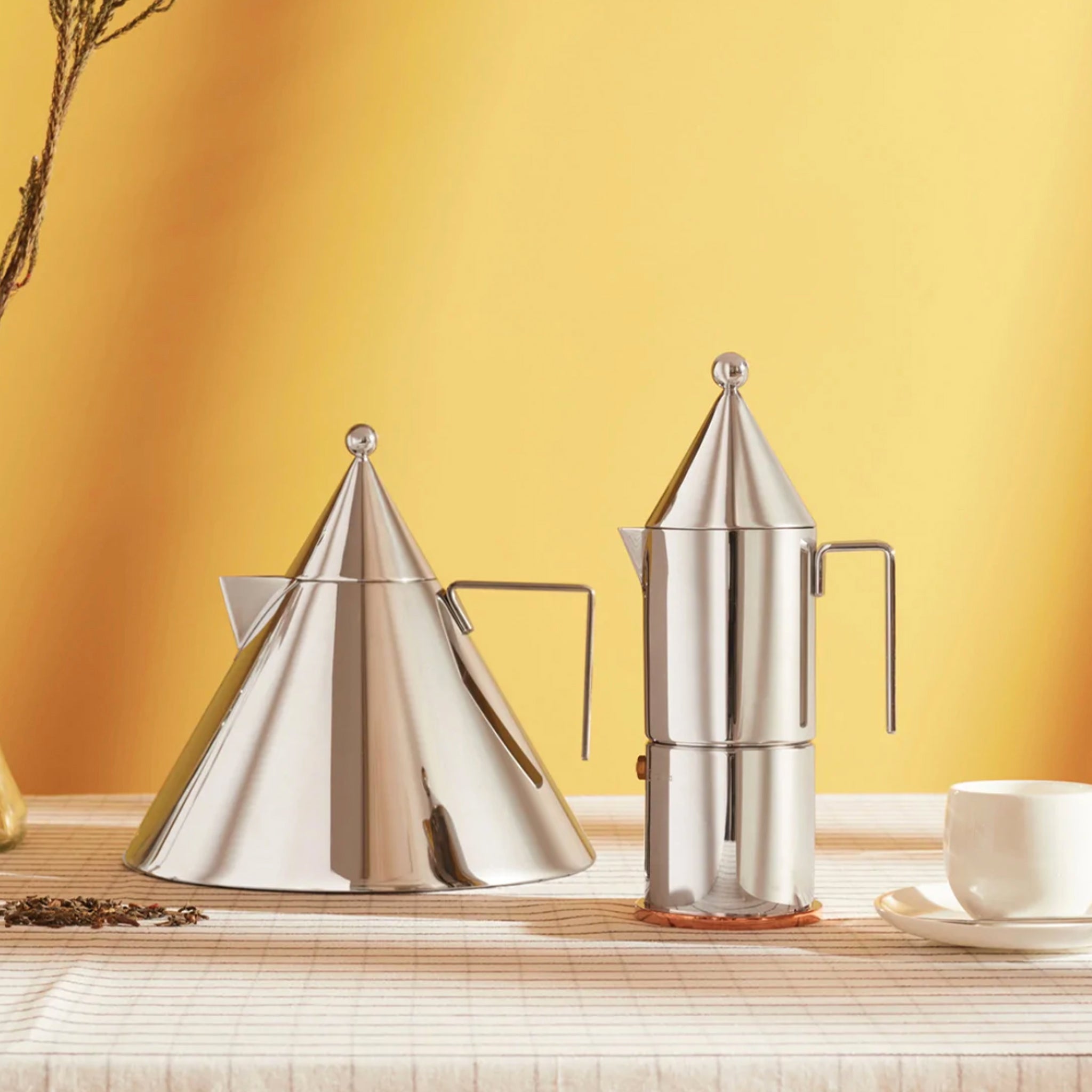
1980s: Tea and Coffee Square
In the first half of the 80s, the partnership with Alessandro Mendini triggered the research operation Tea & Coffee Piazza, which aimed to explore the international world of architecture to identify new talents that could renew the design language that characterizes objects for the home. The theme suggested to the participating architects was “tea and coffee set”. The results of the “Tea & Coffee Piazza” survey presented in 1983 were highly successful with both the public and critics, firmly placing Alessi among the Italian Design Factories. The operation also led to the discovery of two major new designers: Aldo Rossi and Michael Graves.
1990s: Young Designers and New Materials
Centro Studi Alessi (CSA) opened in the early 90's with a dual mission: to develop theoretical contributions on issues related to objects and to coordinate the work that the company now wants to start with young designers, not just those with a consolidated designer. reputation. Alessi's research opened up new design languages and some of the iconic products of the time were created, including Guido Venturini's Firebird gas lighter or Stefano Giovannoni's Mary Biscuit bowl. In addition to steel, which had been used almost exclusively until then, other materials were also put into production. The catalog includes wood, plastic, glass, porcelain, ceramics, etc. It was enriched with objects... Alessi Museum was opened in 1998.
2000s: Tea and Coffee Towers
The Tea & Coffee Towers design operation opened the 2000s, following the same theoretical assumptions as Tea & Coffee Piazza, 20 years later. Once again, the suggested theme to the architects involved was the “tea and coffee set”, which reduced their vision of large-scale design to a smaller scale. The operation ushered in a number of new partnerships, including those with David Chipperfield, Doriana and Massimiliano Fuksas, Zaha Hadid and Toyo Ito, and brought the eclectic character of the Alessi catalog to full maturity. Alessandro Mendini says, "All knowledge and expansions in previous catalogues have been furthered, strengthened and reinterpreted in a product expansion and proliferation never before experienced throughout Alessi's history." In 2000, Alessi started partnerships with companies operating in many different production sectors, offering great experience in research and development in the field of design.

